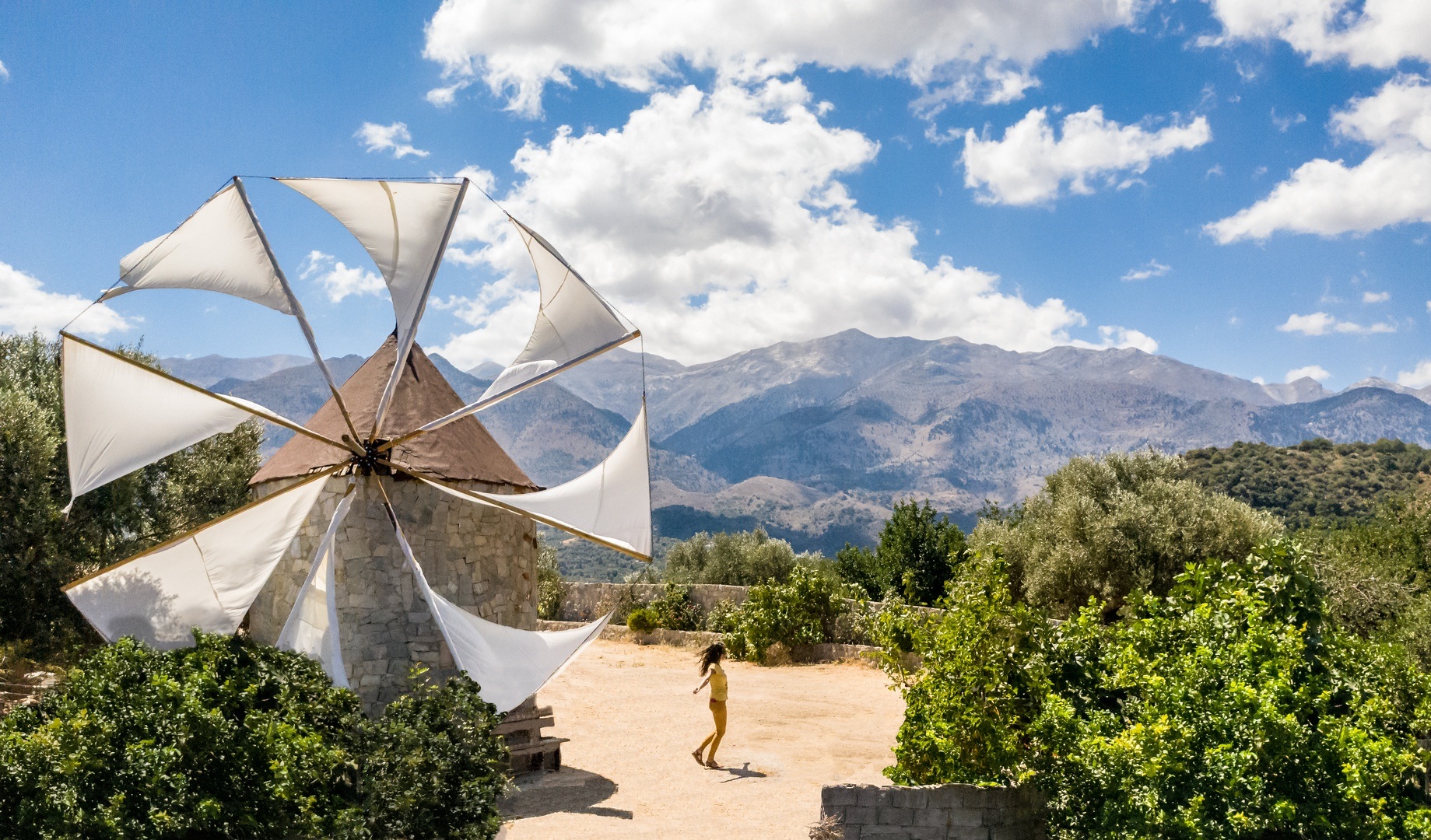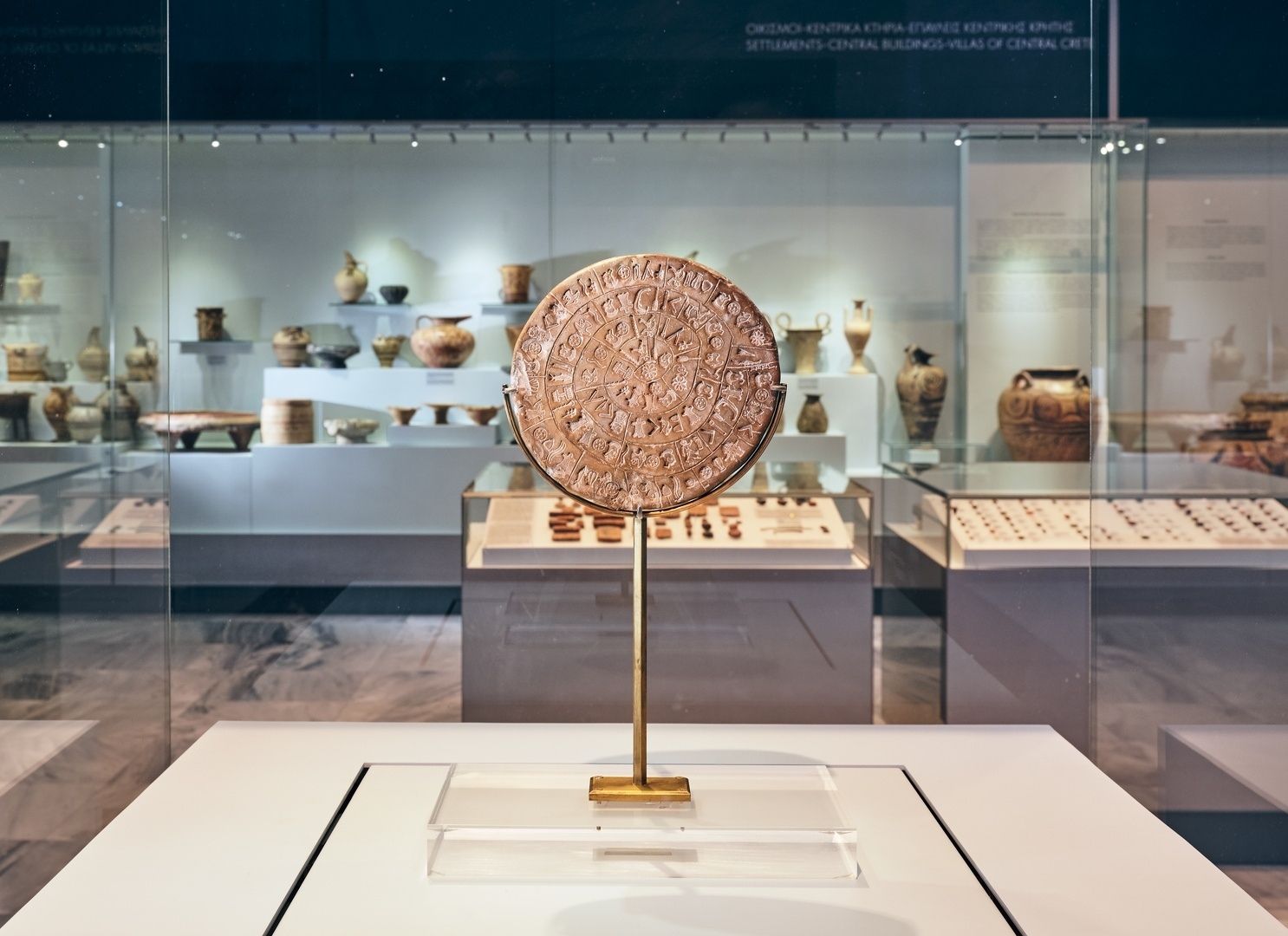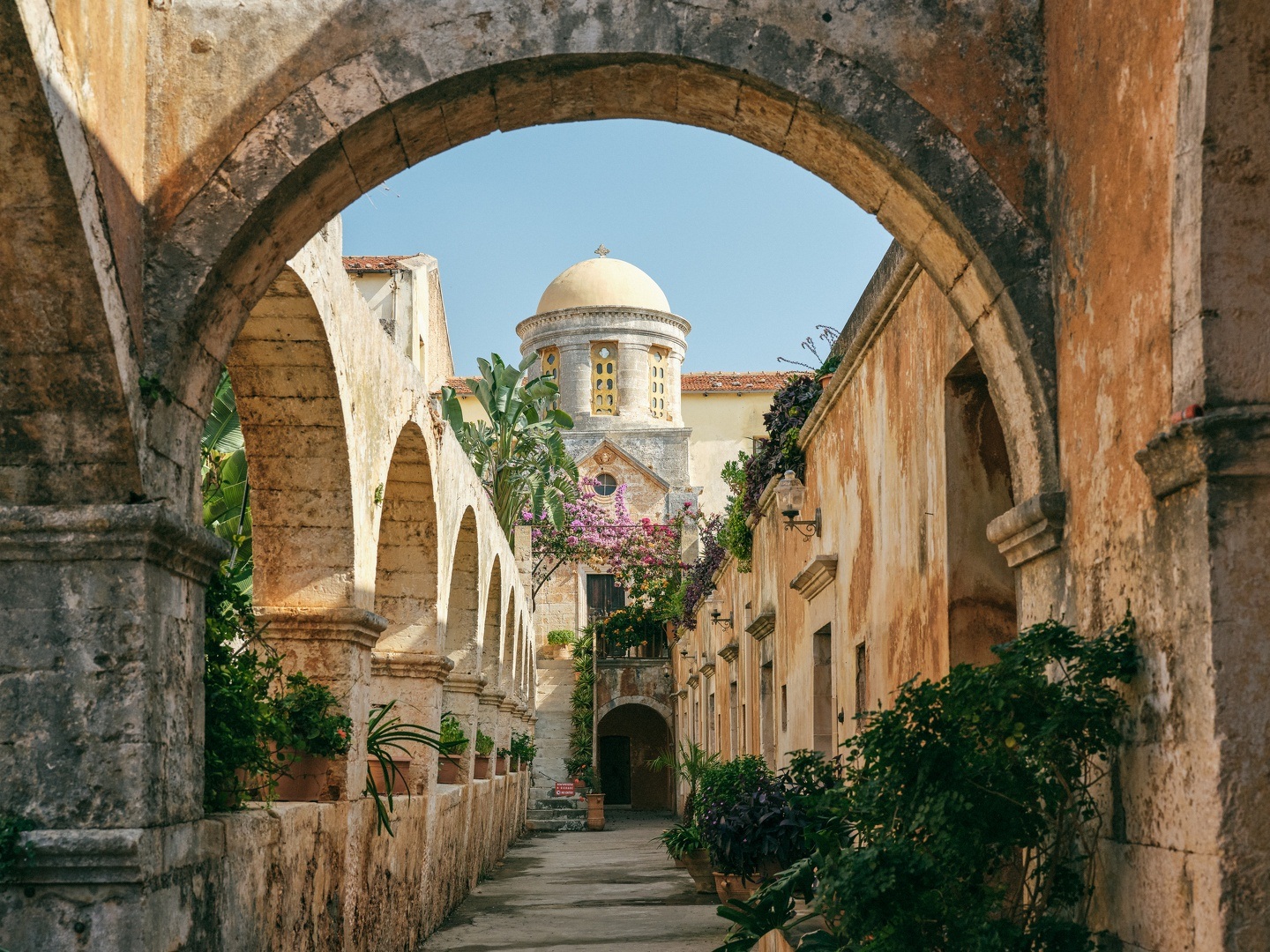
Stuffed vine leaves are a customary dish for Holy Thursday.
Indeed, it's one of the most delicious dishes! You should definitely give it a try!
Stuffed vine leaves are a customary dish for Holy Thursday, prepared with freshly harvested vine leaves. It's considered one of the most delicious dishes, worth trying! In Crete, tradition has it that some housewives line the bottom of the pot with snails to prevent the stuffed vine leaves from sticking. Others add courgette flowers during the summer months for an extra touch of flavour.
Ingredients:
- Vine leaves
- 2 cups crushed wheat or Carolina rice
- 1 cup olive oil
- 1 bunch parsley, finely chopped
- 1 small bunch spearmint, finely chopped
- 4 spring onions, finely chopped
- 3 courgettes, grated
- 1 grated potato
- 2 cups grated tomato
- Salt
- Pepper
Procedure:
After removing the stems from the vine leaves, blanch them in boiling, salted water. Once blanched, drain and let them cool in a strainer. Meanwhile, prepare the filling by mixing all the ingredients in a bowl, incorporating half of the olive oil.
To fill the vine leaves, take them one by one, holding them in your palm with the ribs facing up and the shiny side down. Place a teaspoon of filling in the centre of each leaf. Begin by folding the top edge of the leaf over the filling, then fold in the right and left sides to enclose the filling, and finally roll the leaf tightly until the filling is completely wrapped. Repeat this process for all the vine leaves.
Arrange slices of potato or courgette on the bottom of the pot. Place the filled vine leaves in layers, side by side, to prevent them from opening during cooking. Cover them with a shallow plate to hold them firmly in place. If you're using a baking pan, cover the vine leaves with slices of potato or courgette to prevent burning. Next, add a small amount of water and the remaining olive oil. Occasionally shake the pot in a circular motion.
Cook over low heat for approximately 40 minutes. Once cooked, remove the dish or slices of potato or courgette and drizzle with lemon juice or unripe grape juice. Allow them to rest for a while, then carefully transfer them to a serving plate to prevent them from breaking.
Lena Igoumenaki
President of the Cretan Cuisine Festival Association
Cretan Cuisine Festival
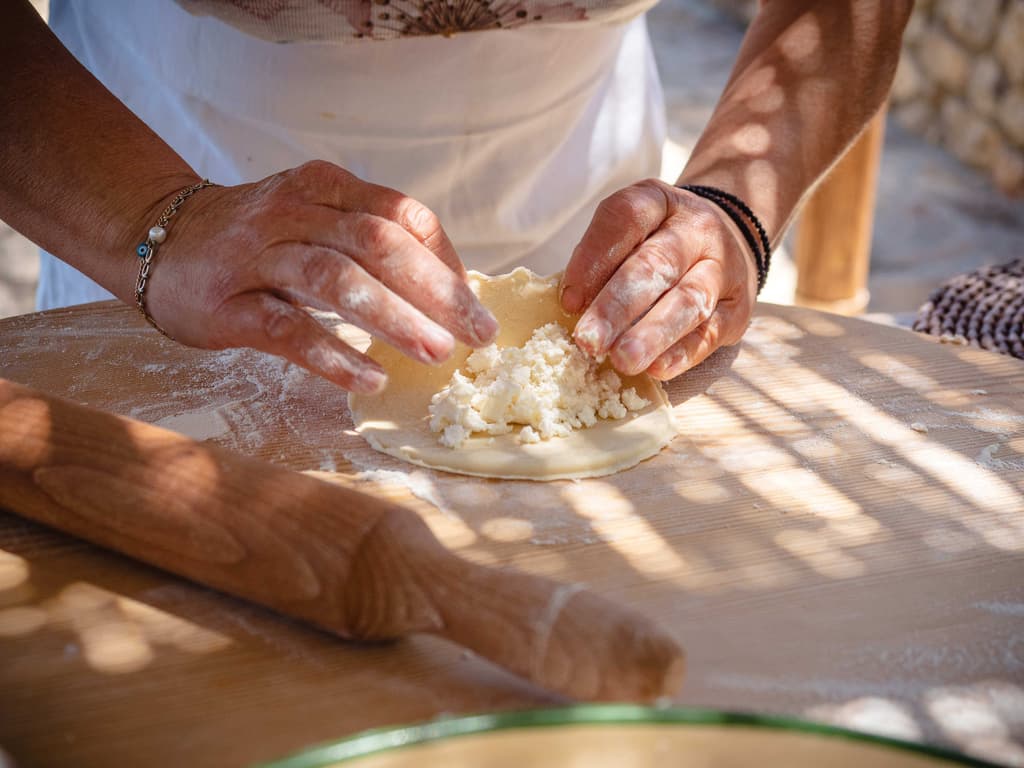
Mizithropites: Authentic Cretan Pies
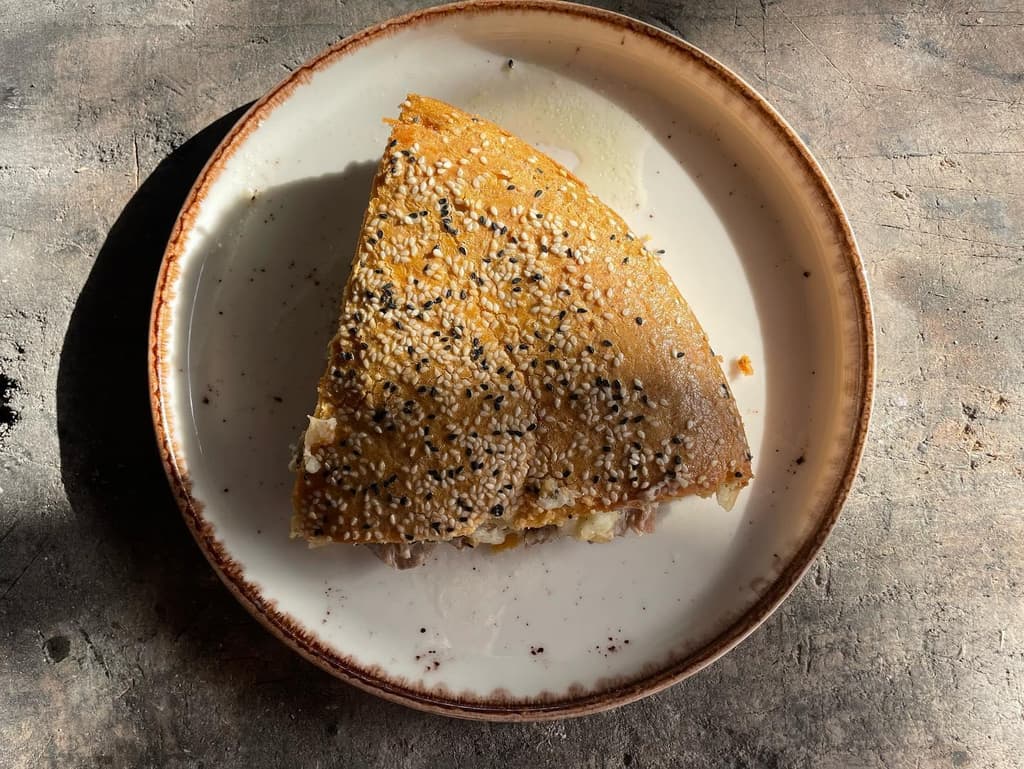
Meat cake
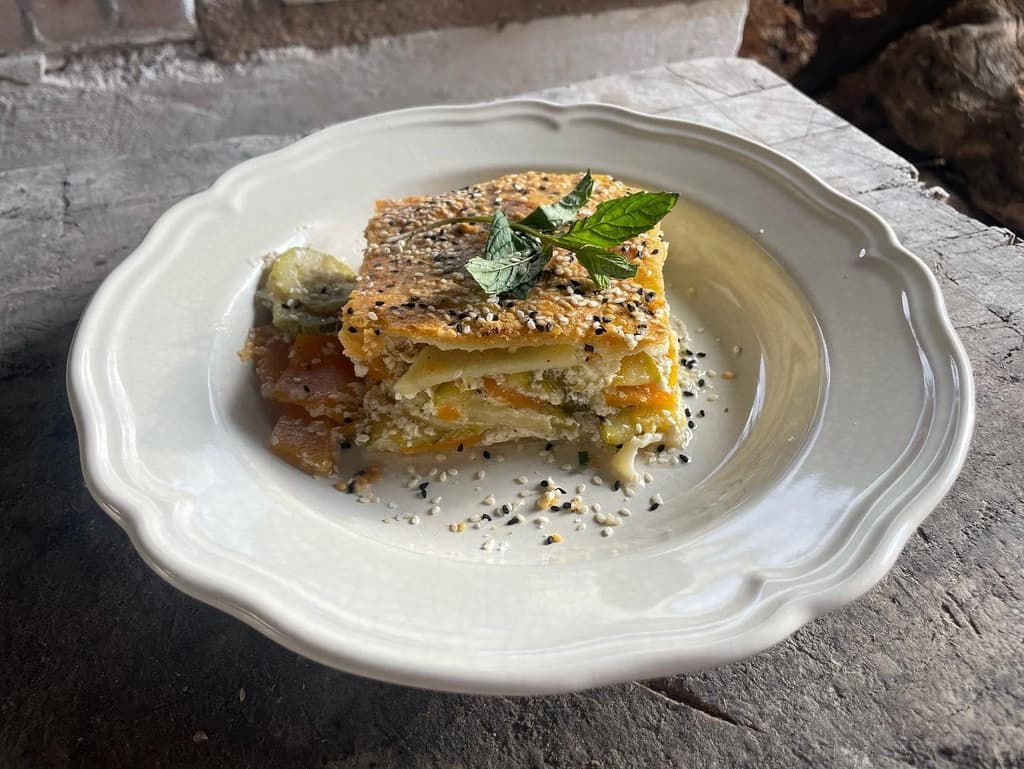
Chania Boureki or Courgette Boureki
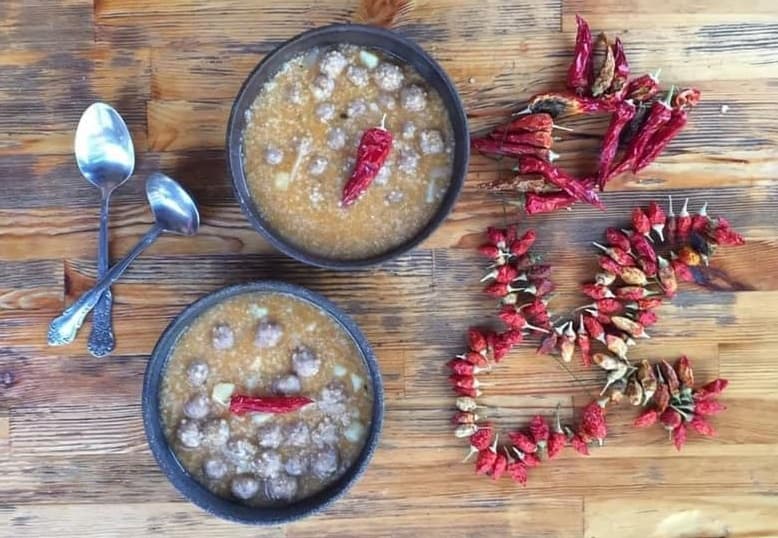
Topia (Balls)
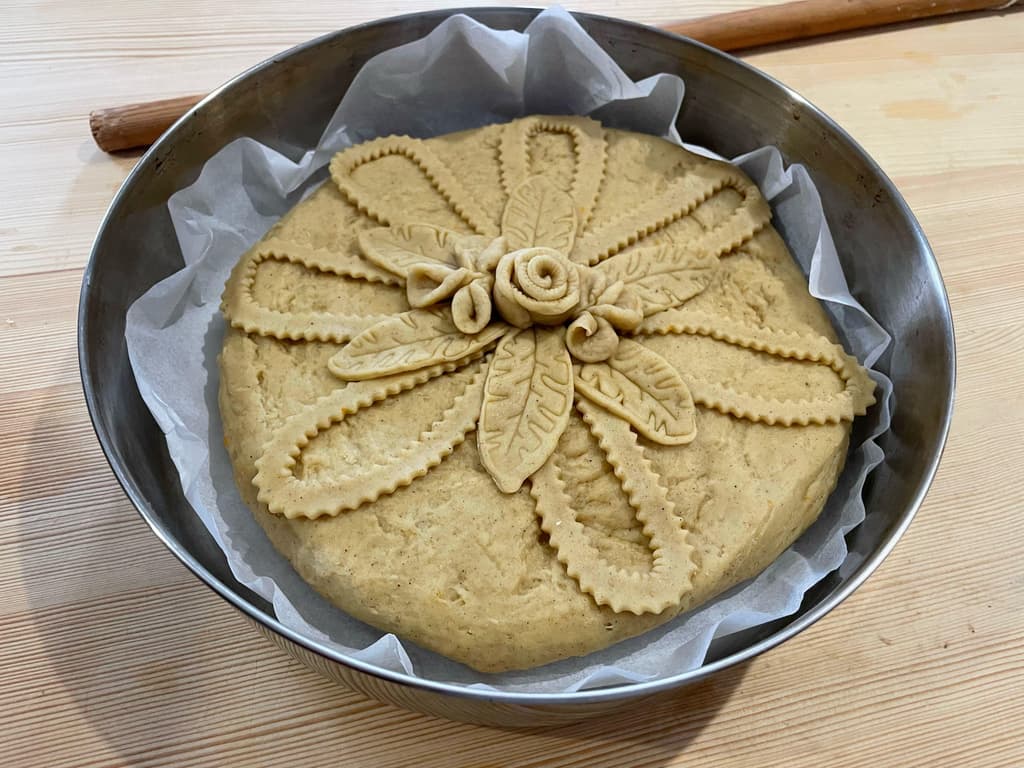
The Traditional 'Bread of the Year'
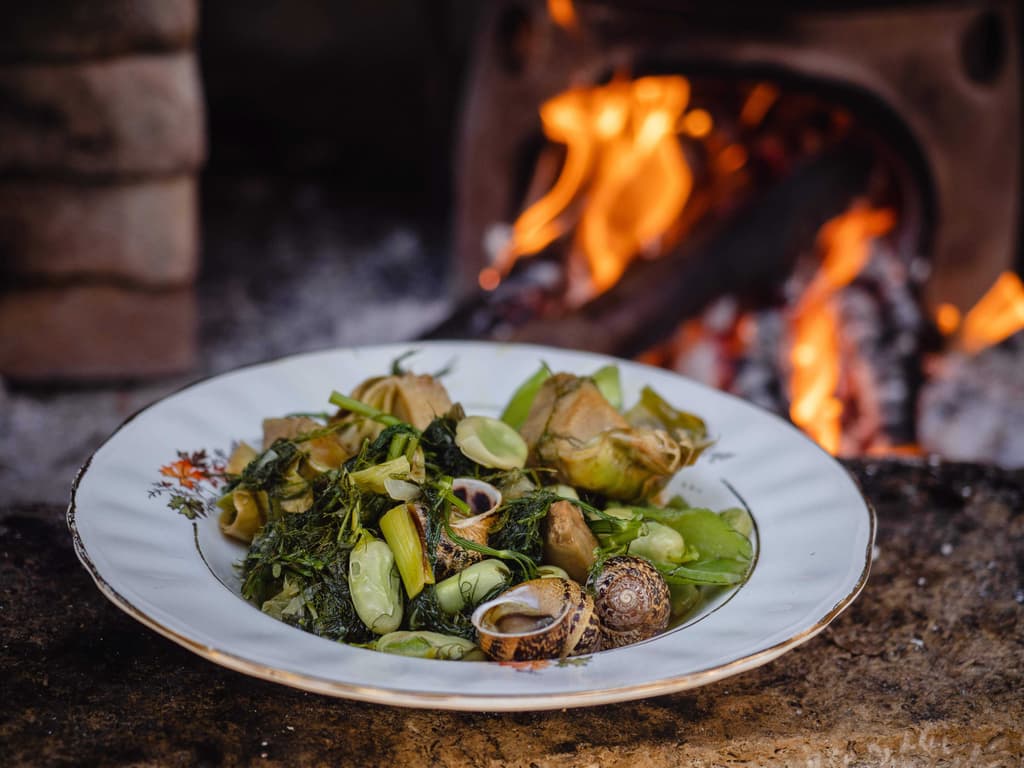
Snails with Broad Beans and Artichokes
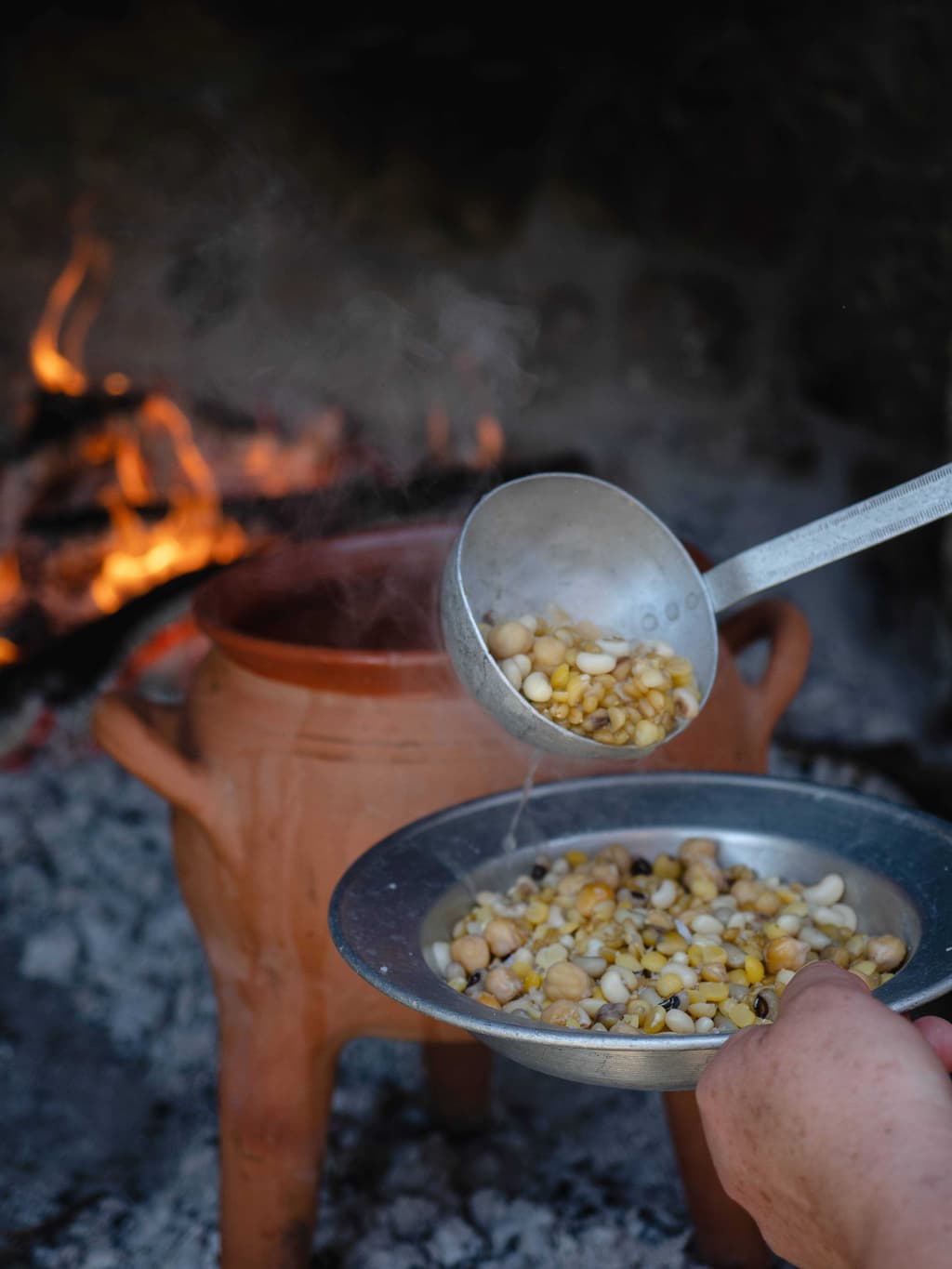
Cretan Ospriada or Palikaria (A Legume Dish)
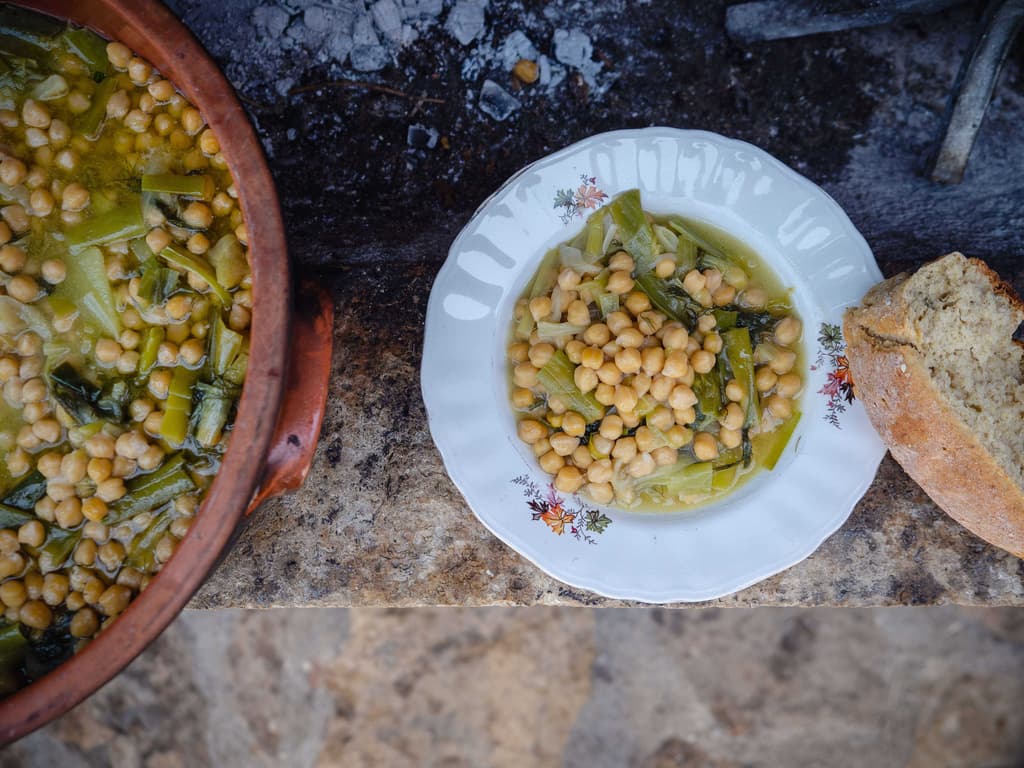
Chickpeas with Wild Leeks, Flour and Lemon Sauce
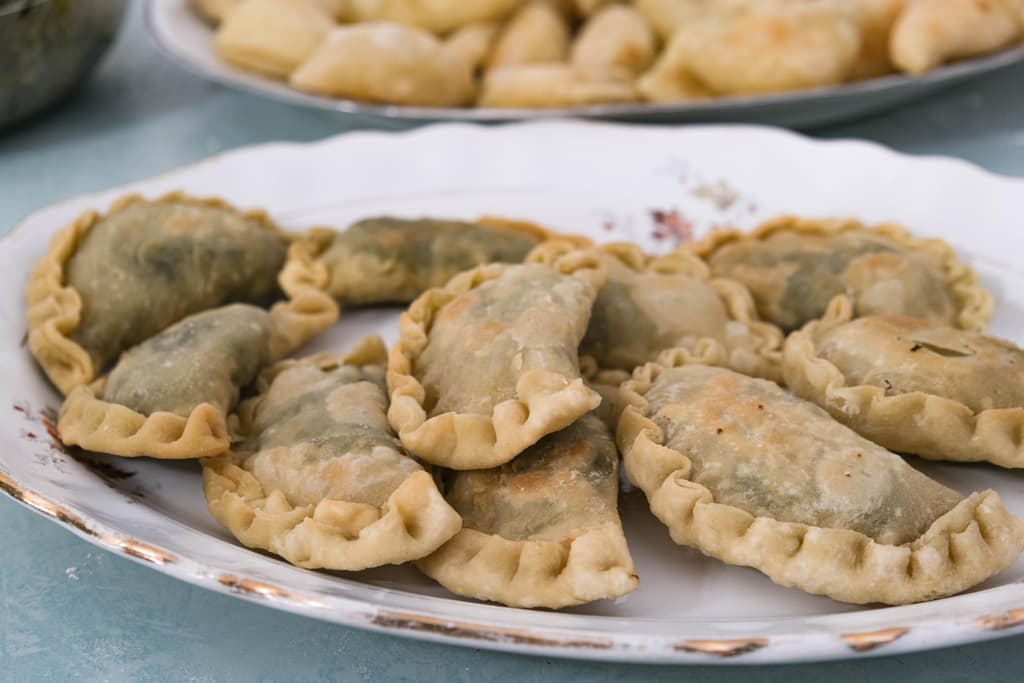
Pies with ‘Yachnera’ Greens
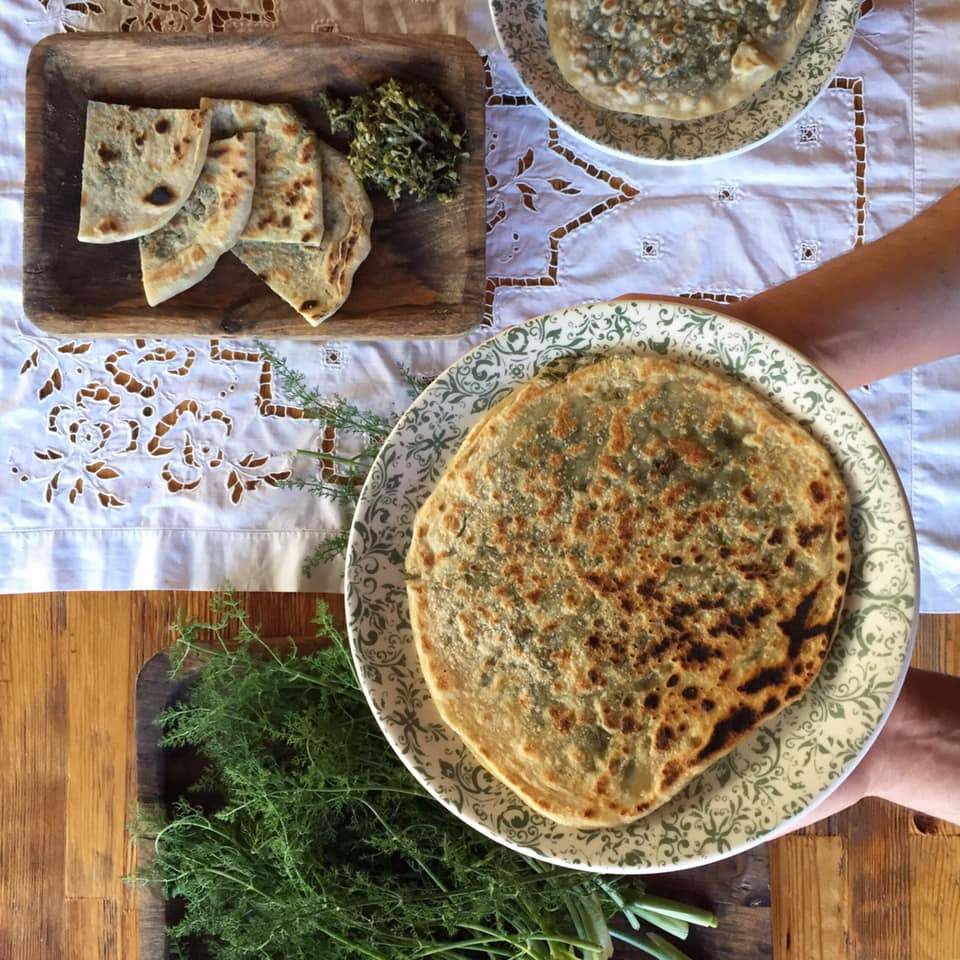
Fennel Pie

Sfakian Pie or Sfakianopita

Biscuits with Sesame Seeds

Sweet Rice Pie or 'Tzoulamas'
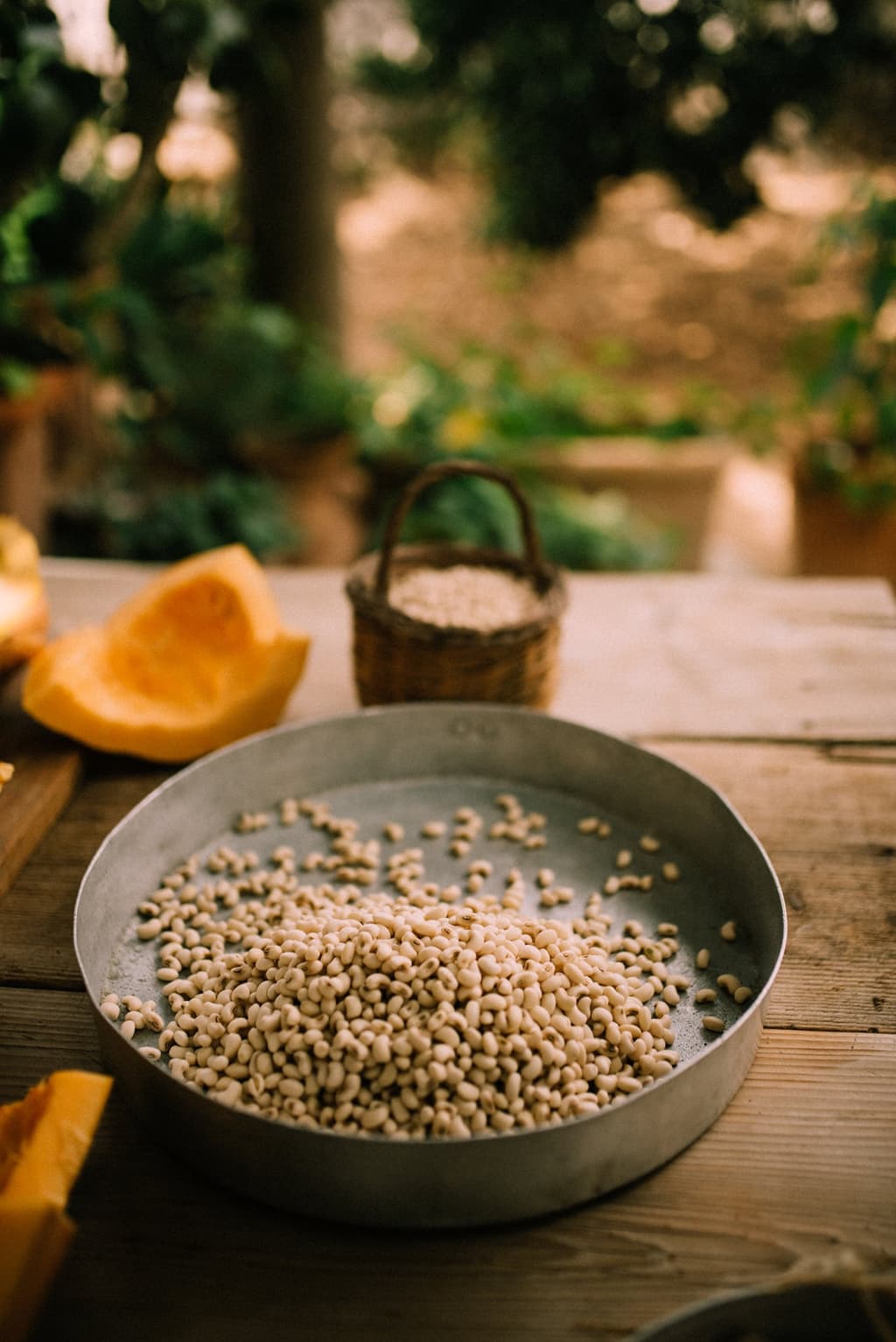
Apostoli White-Eyed Bean
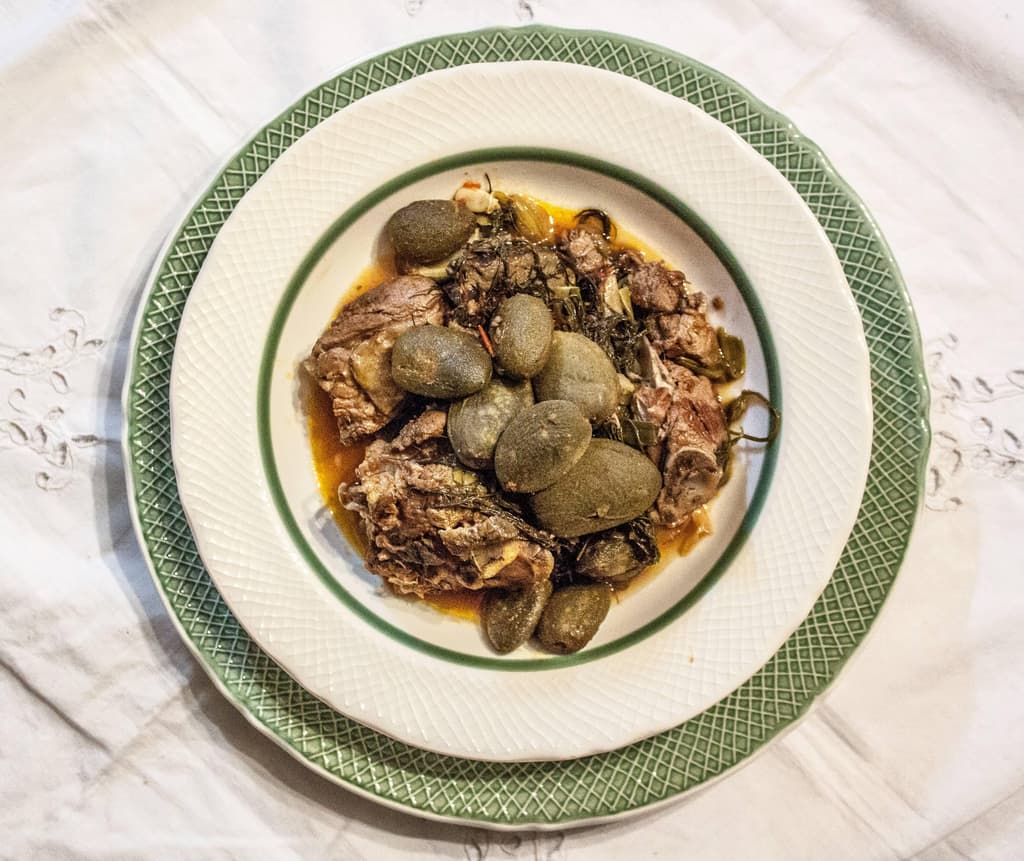
Almond-Infused Goat Dish with Fennel: A Fresh Delight

Lazarosavato
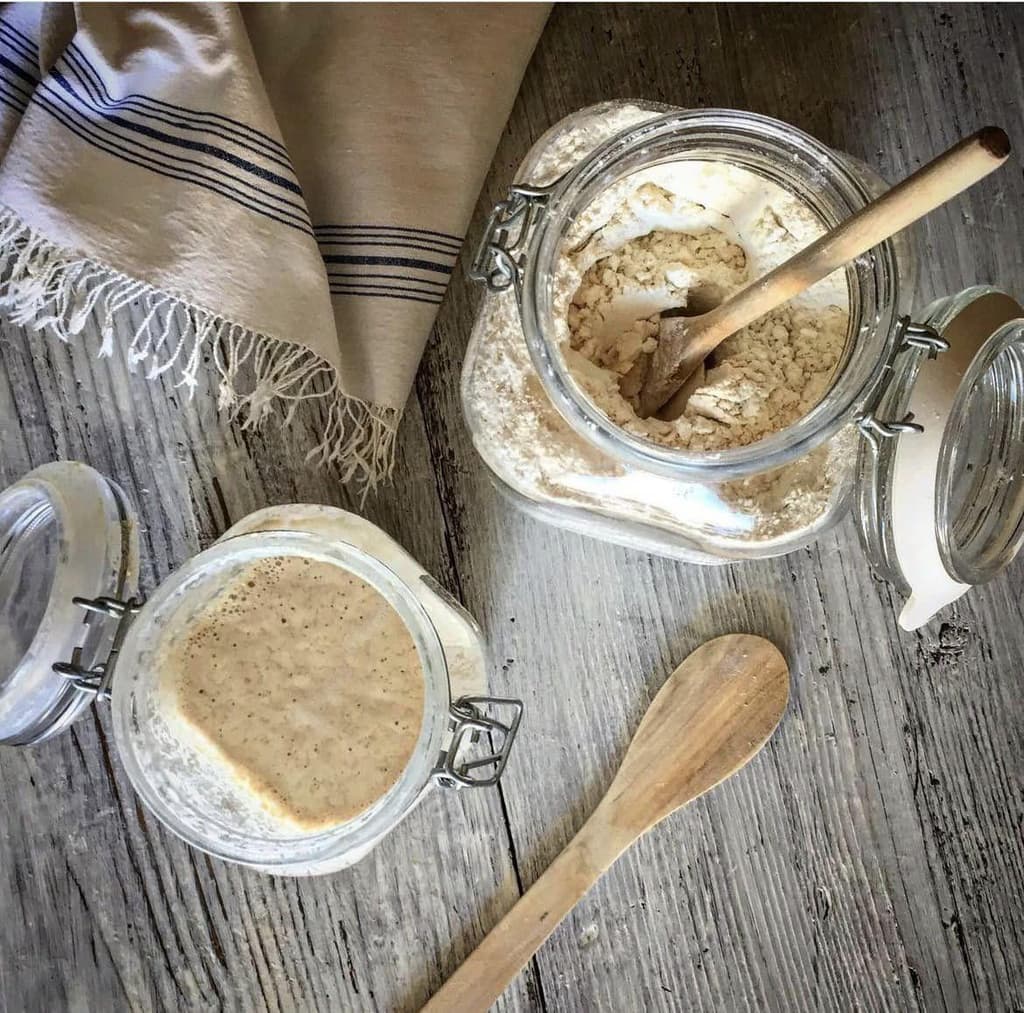
The Holy Week Sourdough
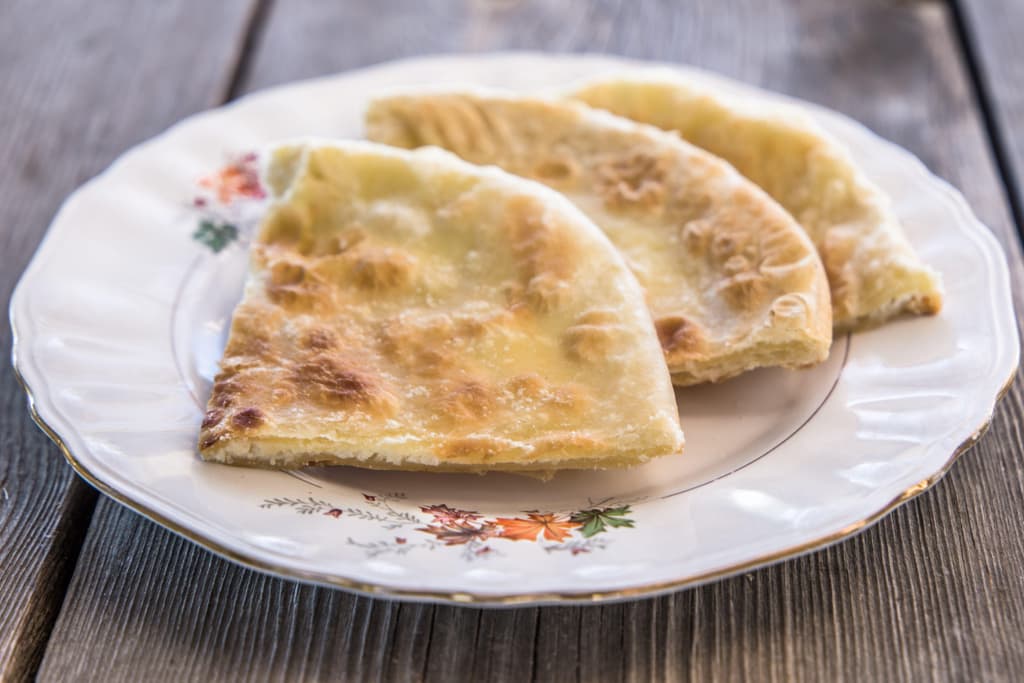
Nerati Mizithropita
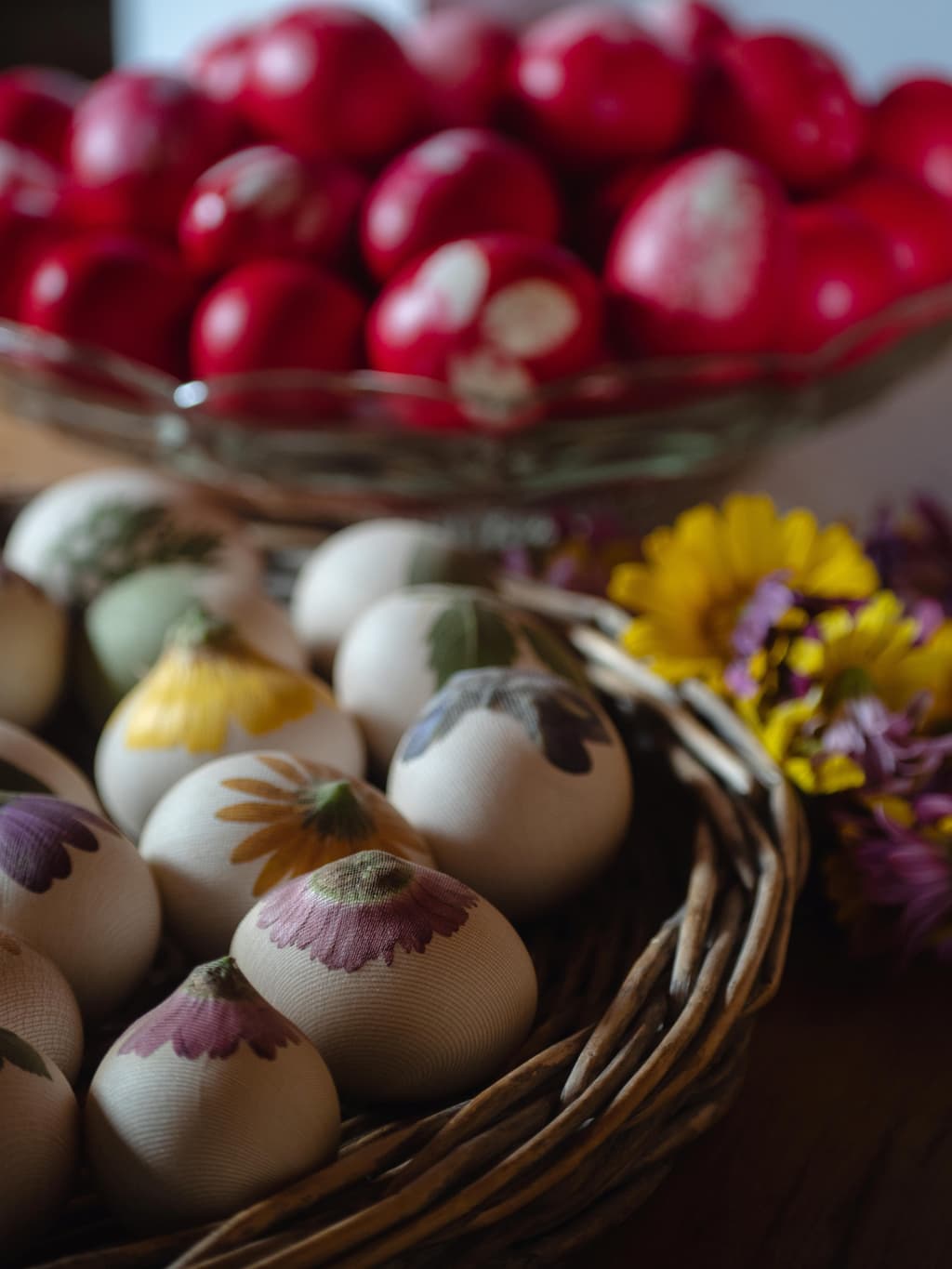
Easter Eggs
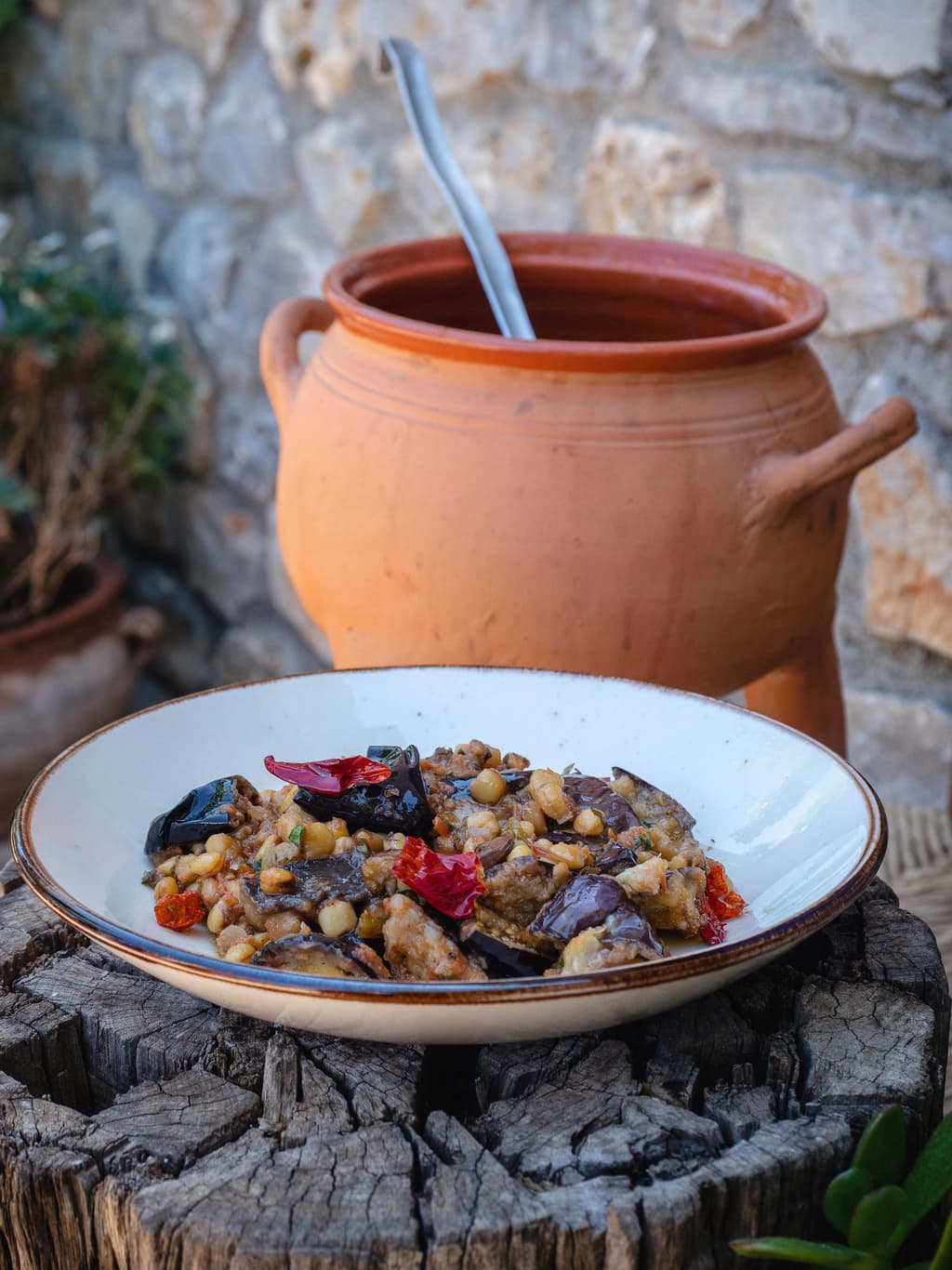
Kalikota
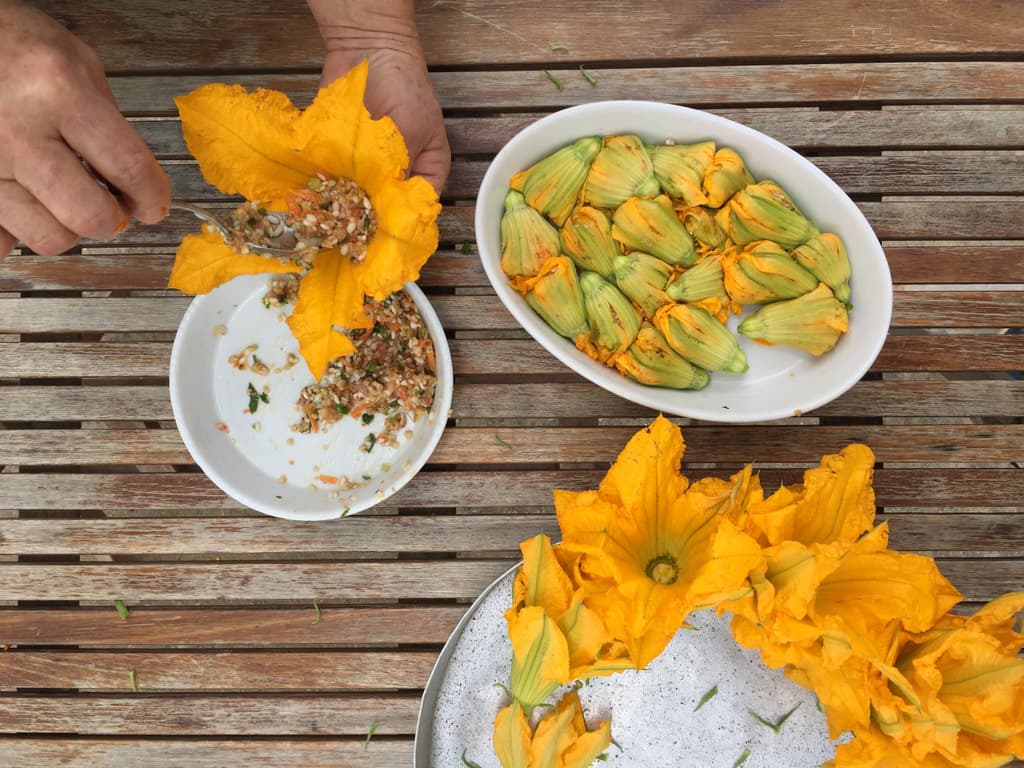
Stuffed Courgette Flowers

Cracked Wheat and Snails
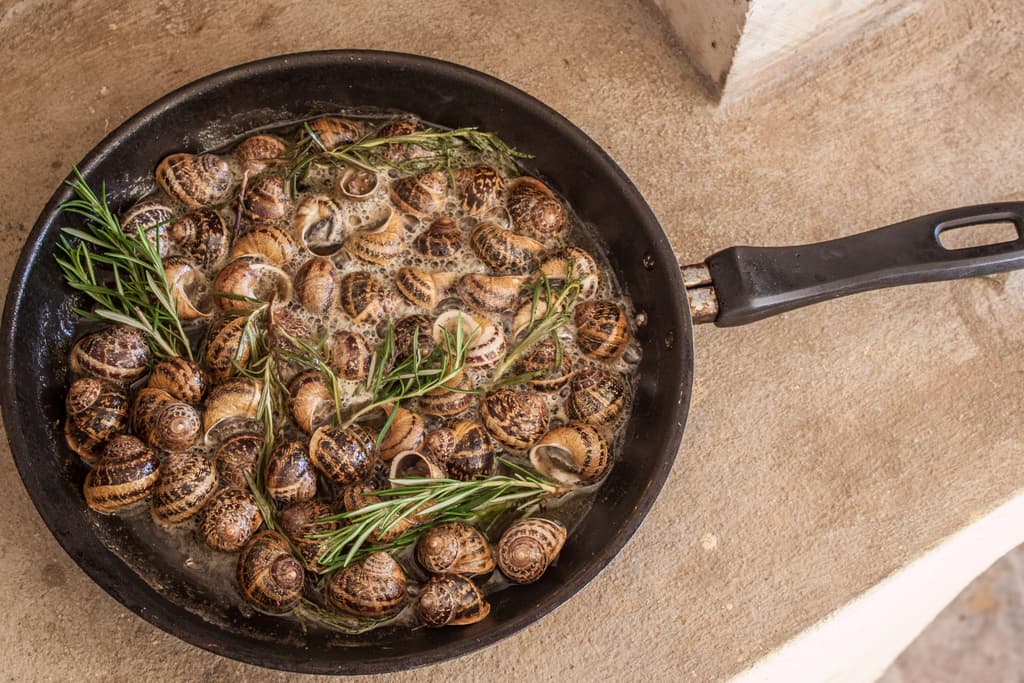
Chochli Boubouristi (Snails Face Down)
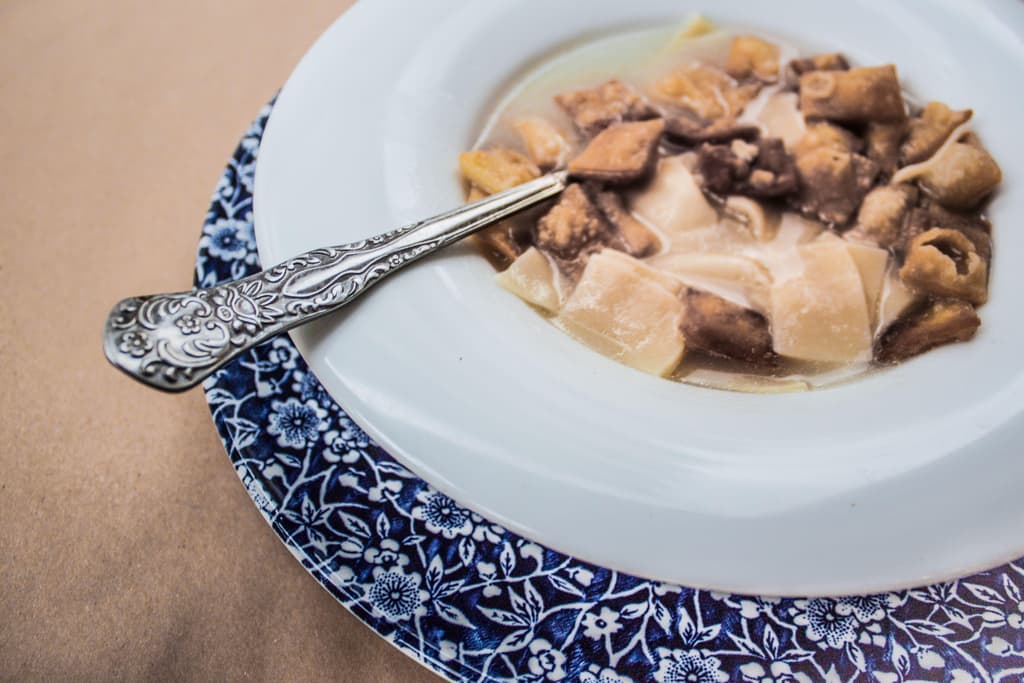
Mangiri
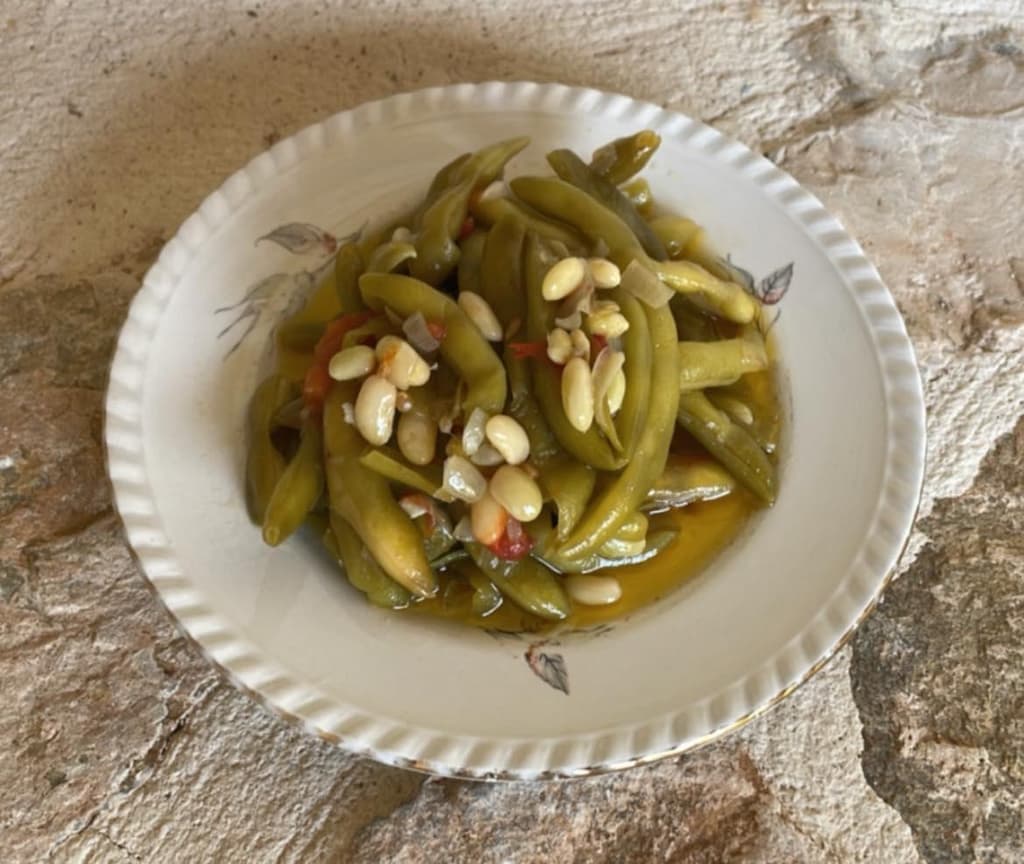
Symian Bean
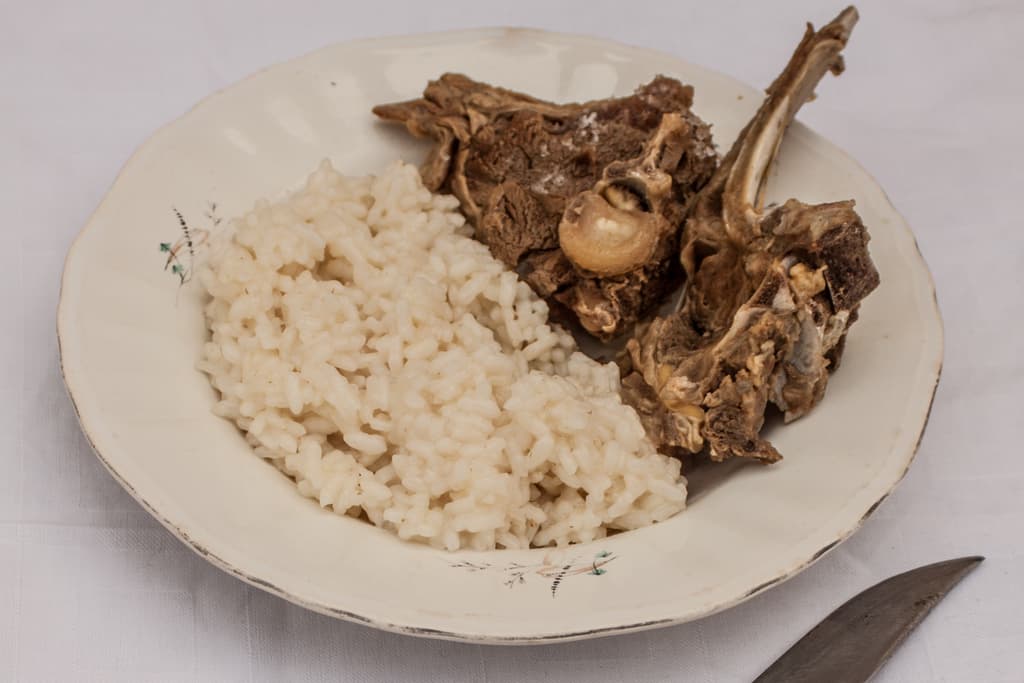
Cretan Pilaf
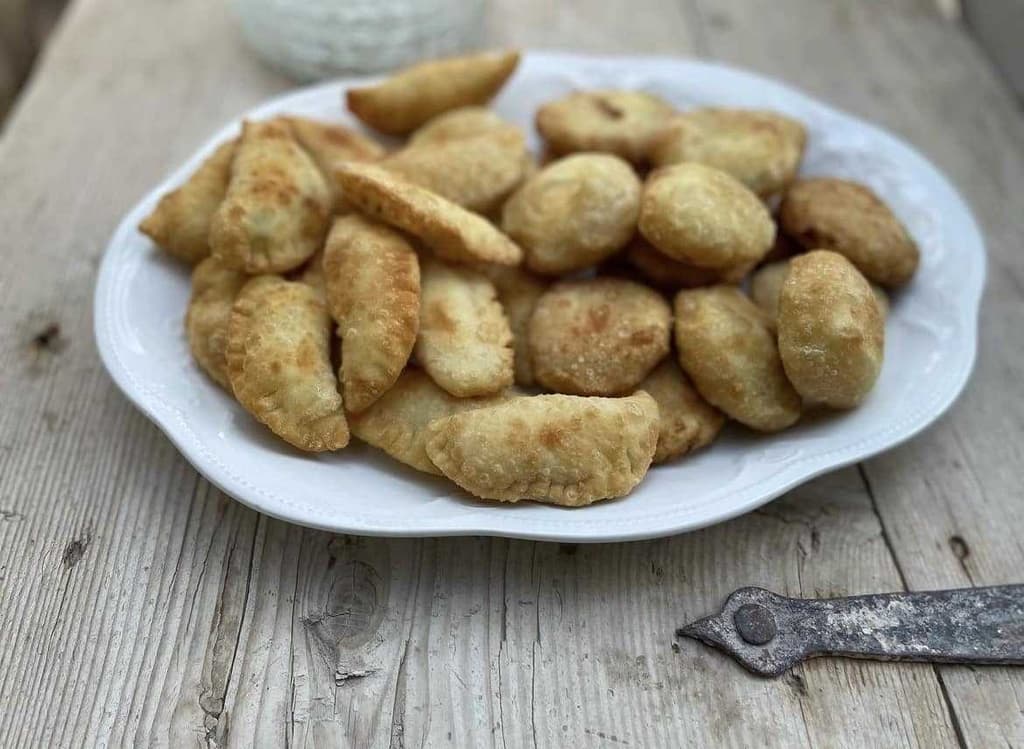
Rethymno Water Pies
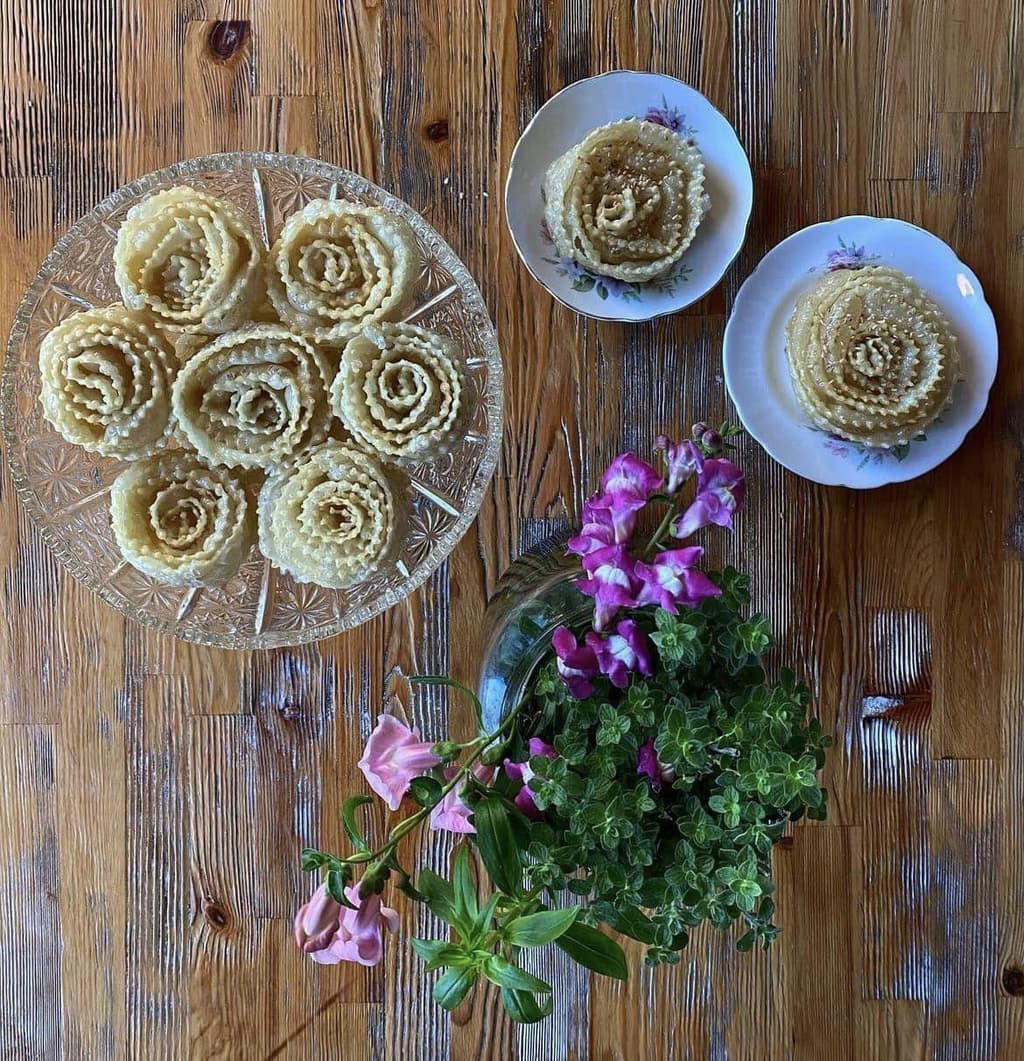
Xerotigana
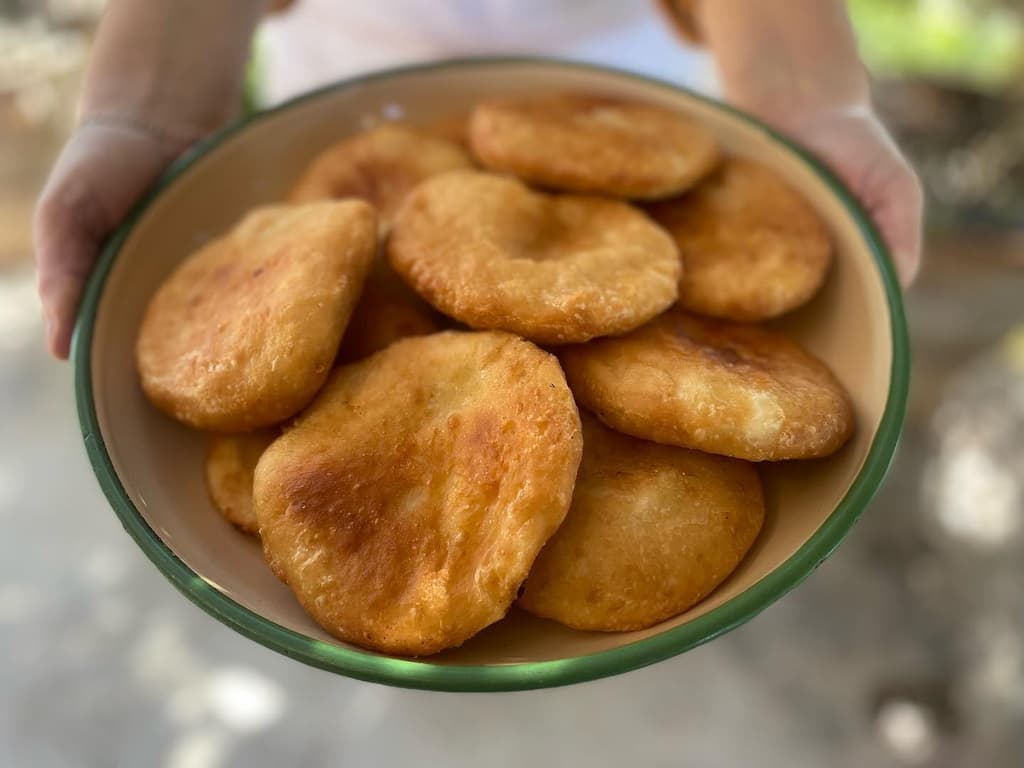
Agnopites
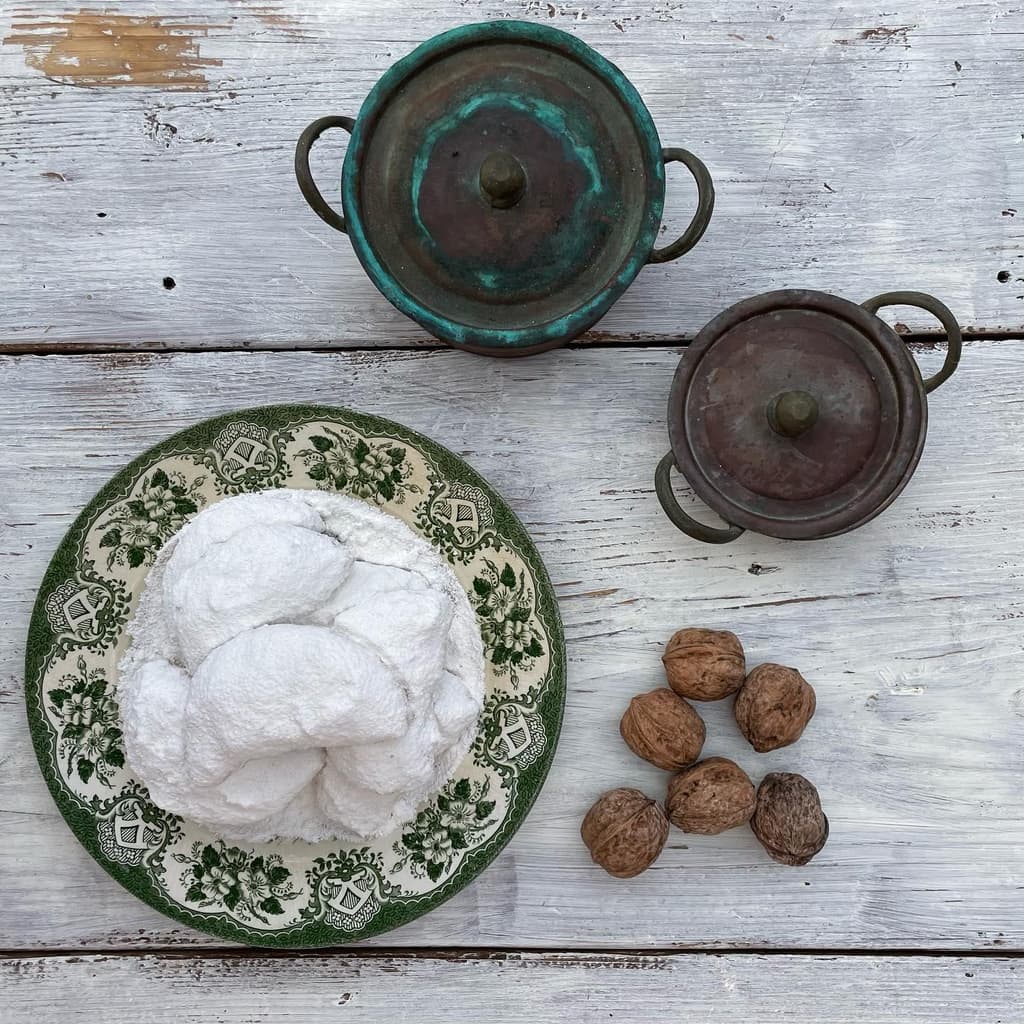
Patoudo
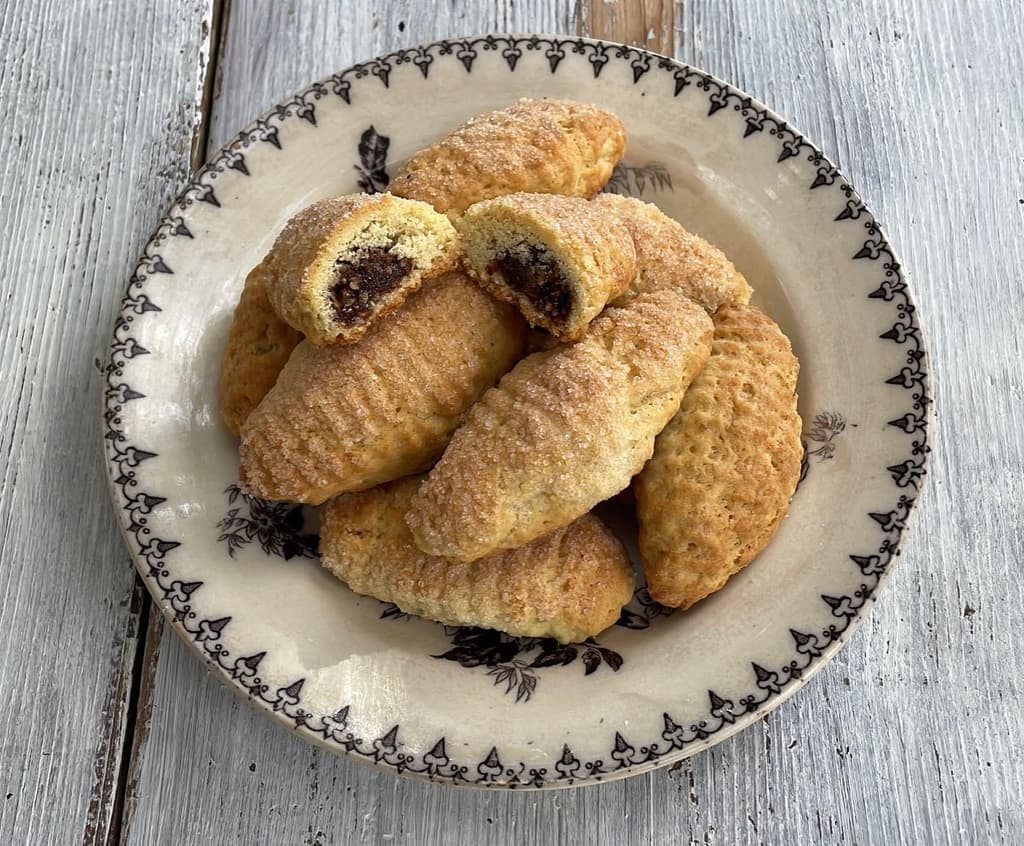
Safidota
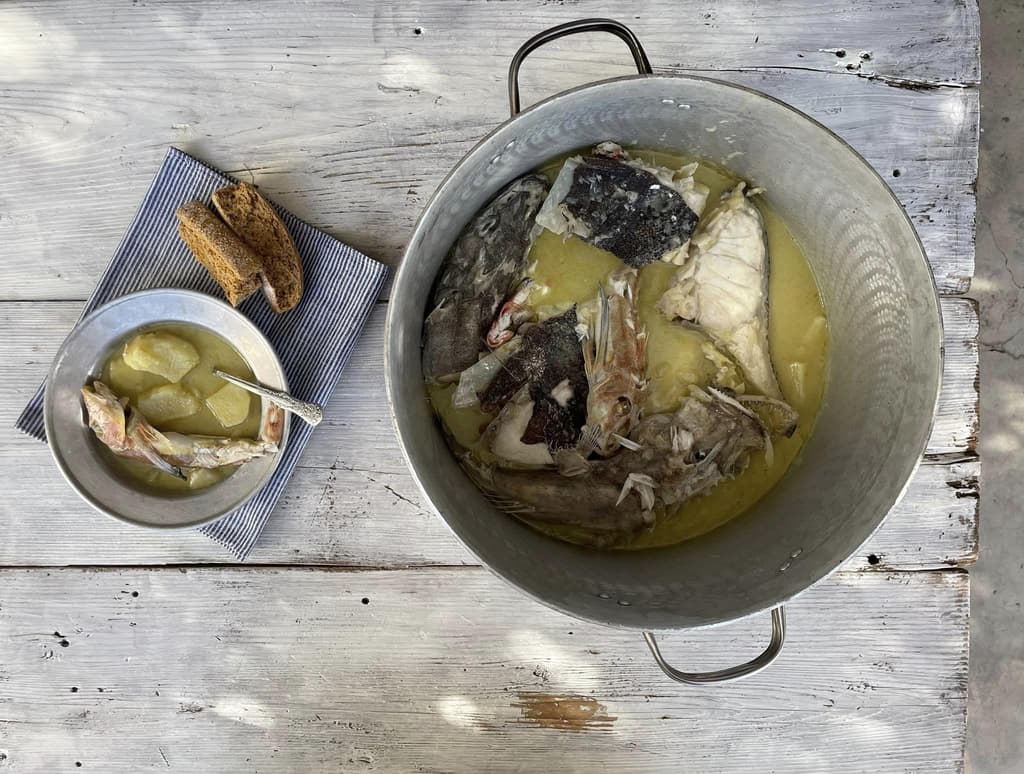
Kakavia (Fish Soup)
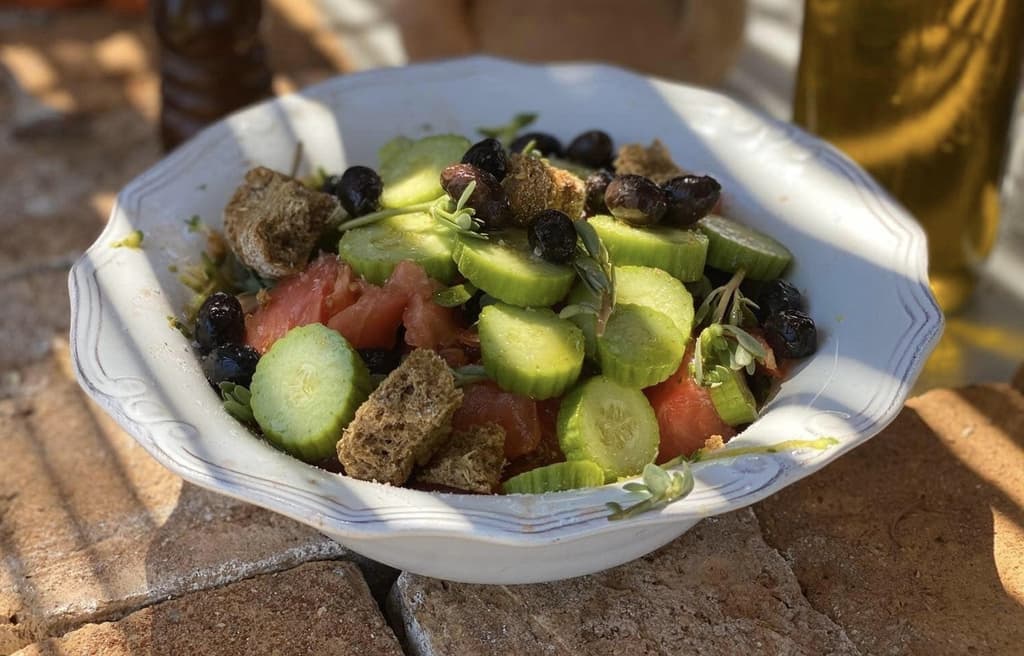
Cretan Greek salad
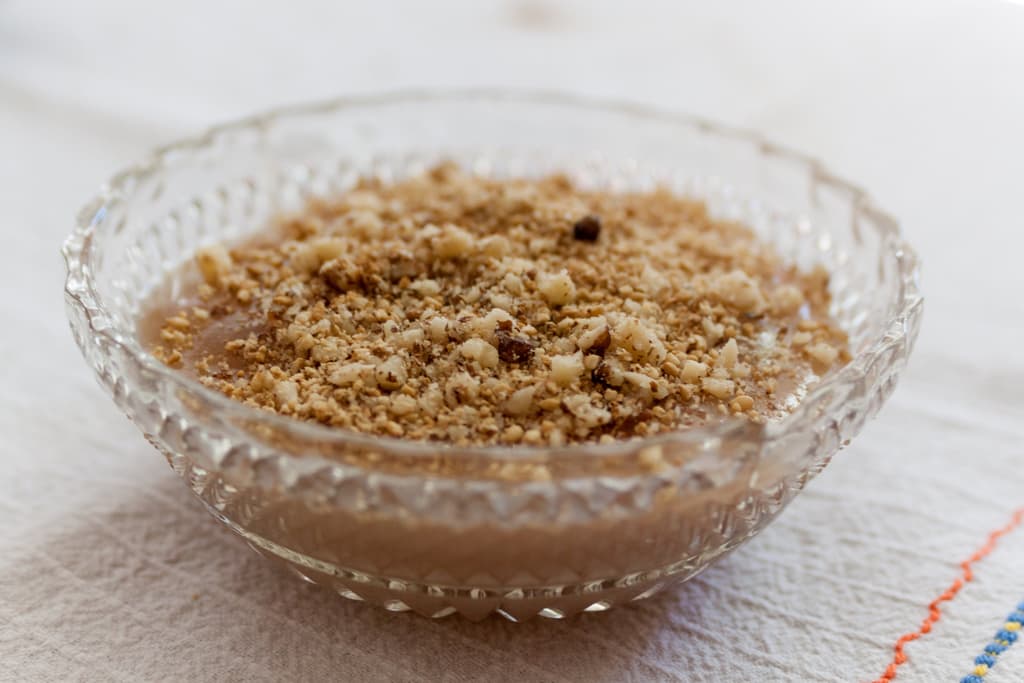
The Sweet Bounty of the Cretan Harvest
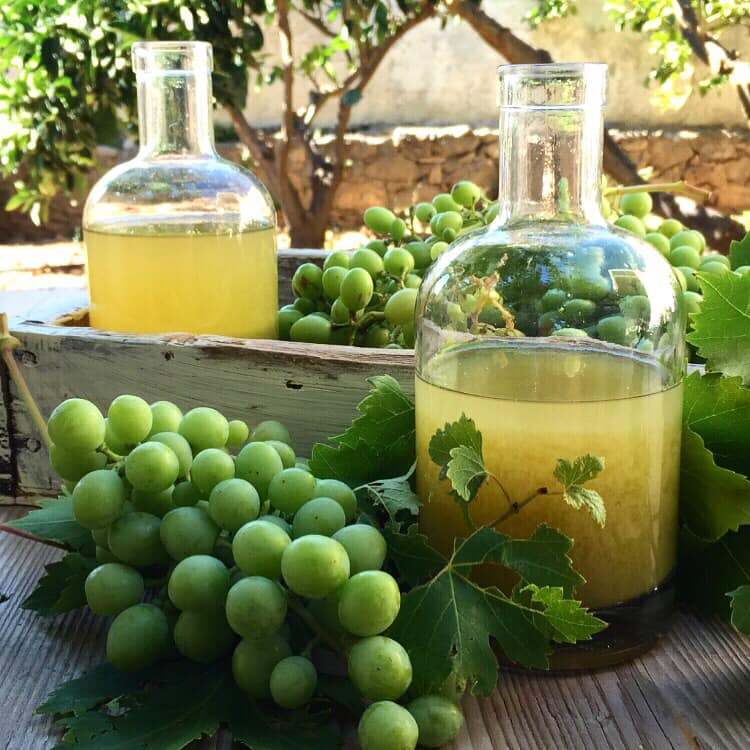
Okra and Unripe Grape
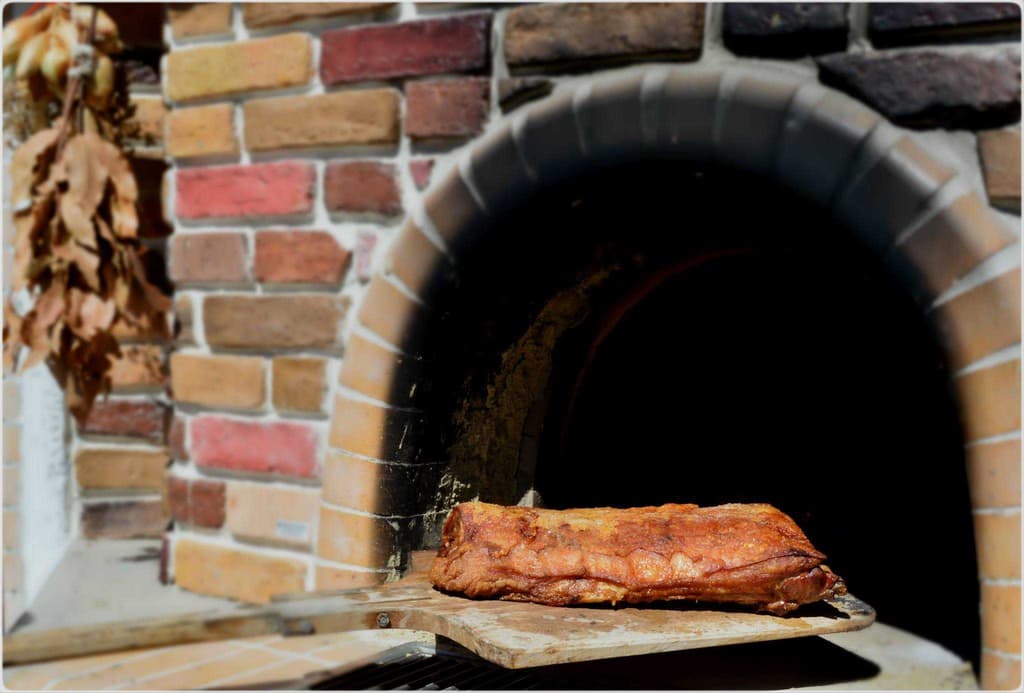
Kapriko
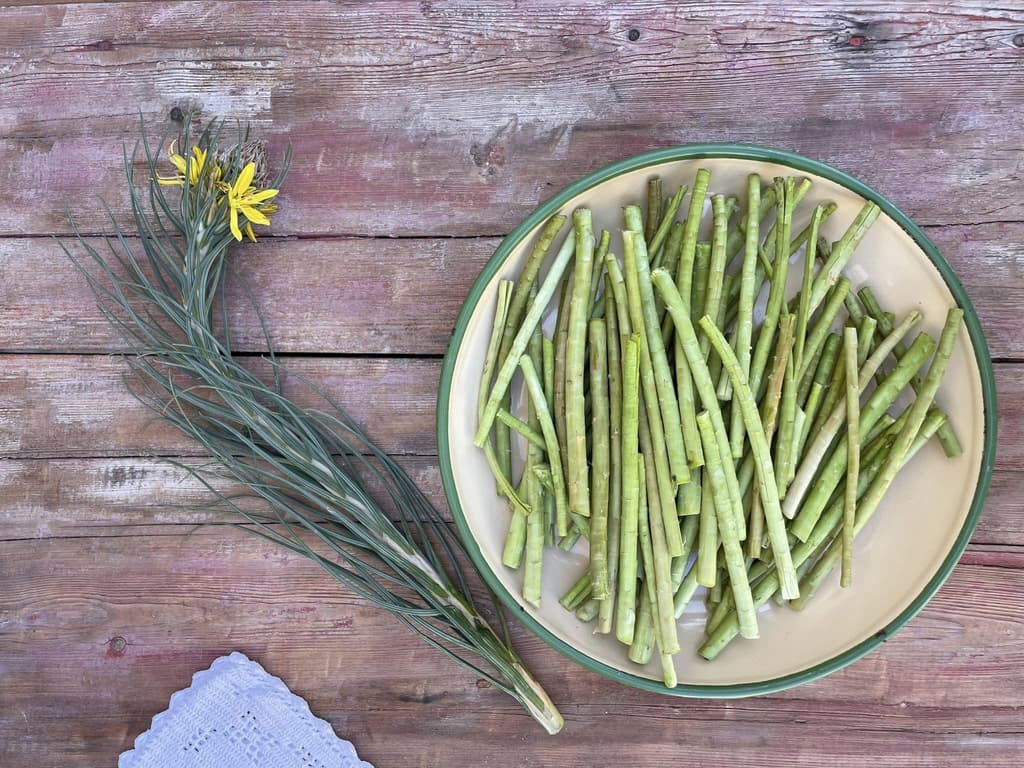
Discovering and Cooking Asphodelaceae: A Taste of Local Cuisine
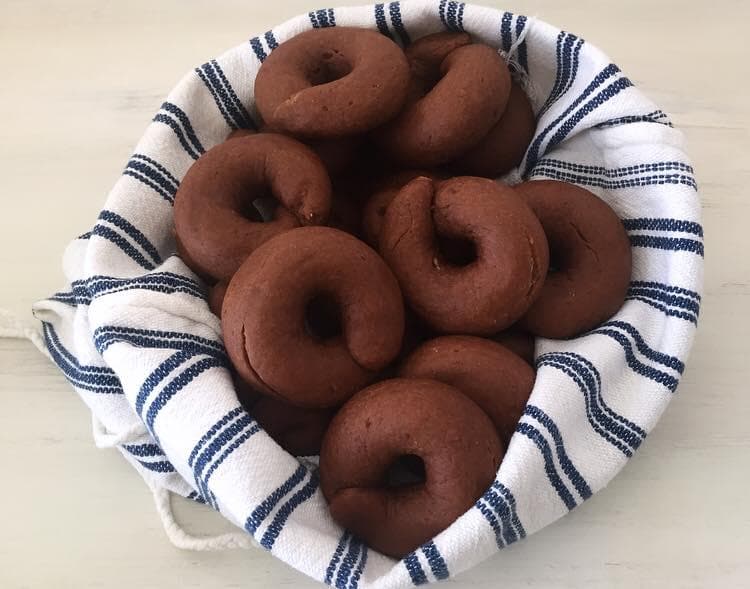
Moustokouloura
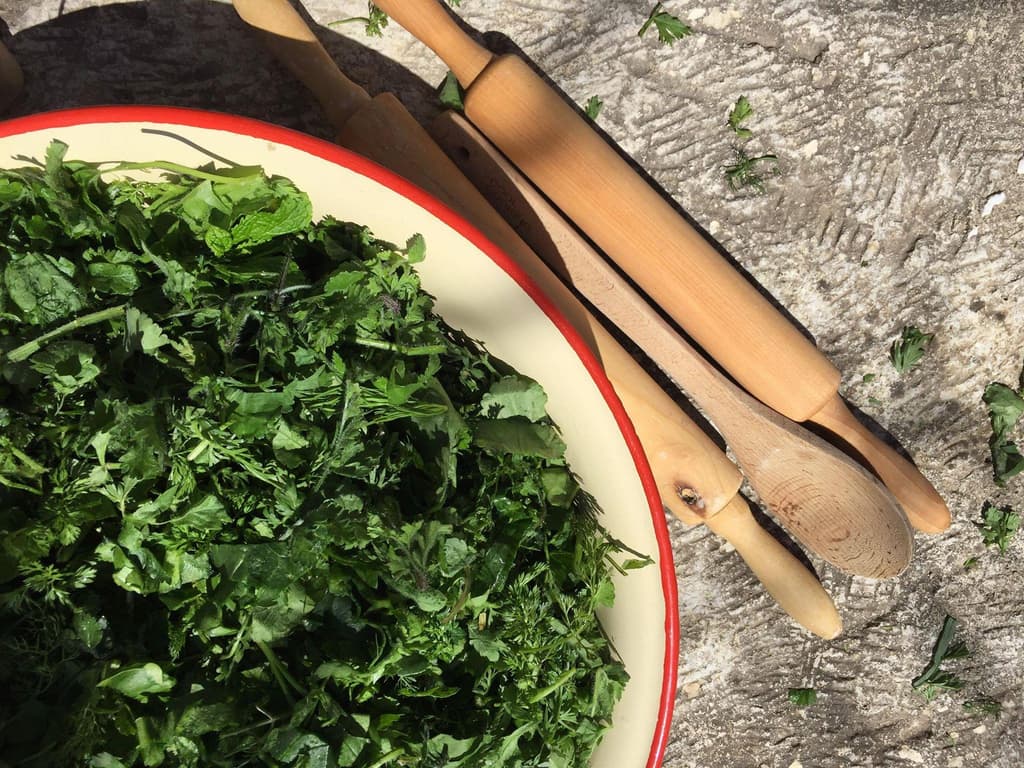
Pie with 'Yachnera' Greens: Baked to Perfection
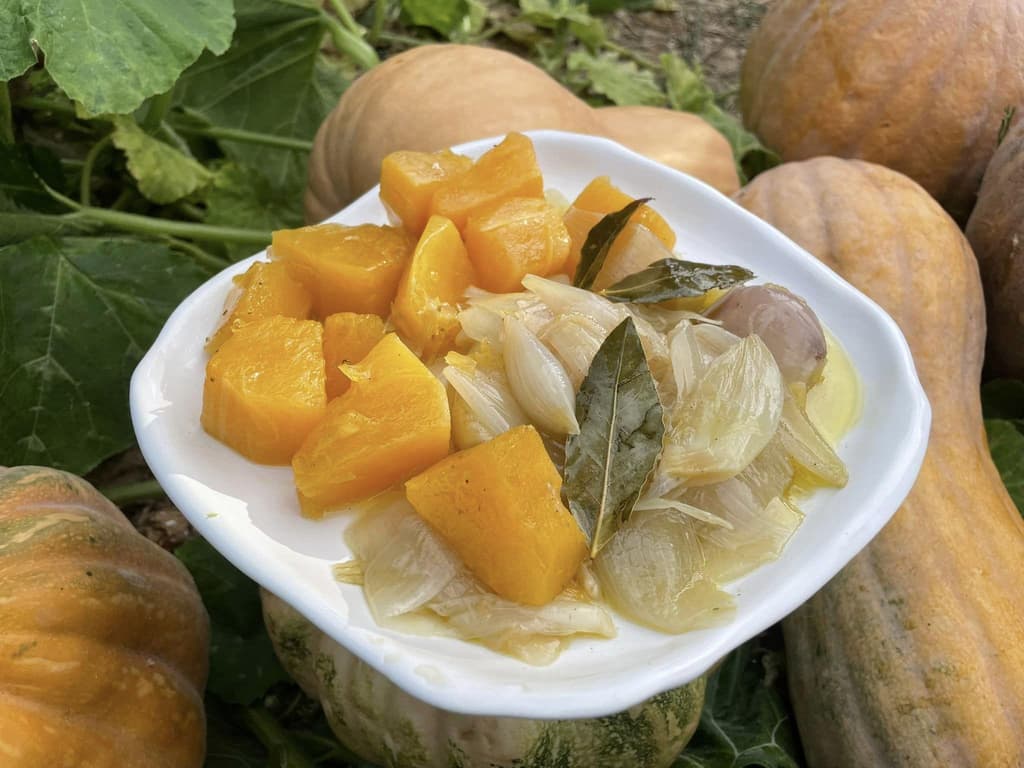
Pumpkin Stifado
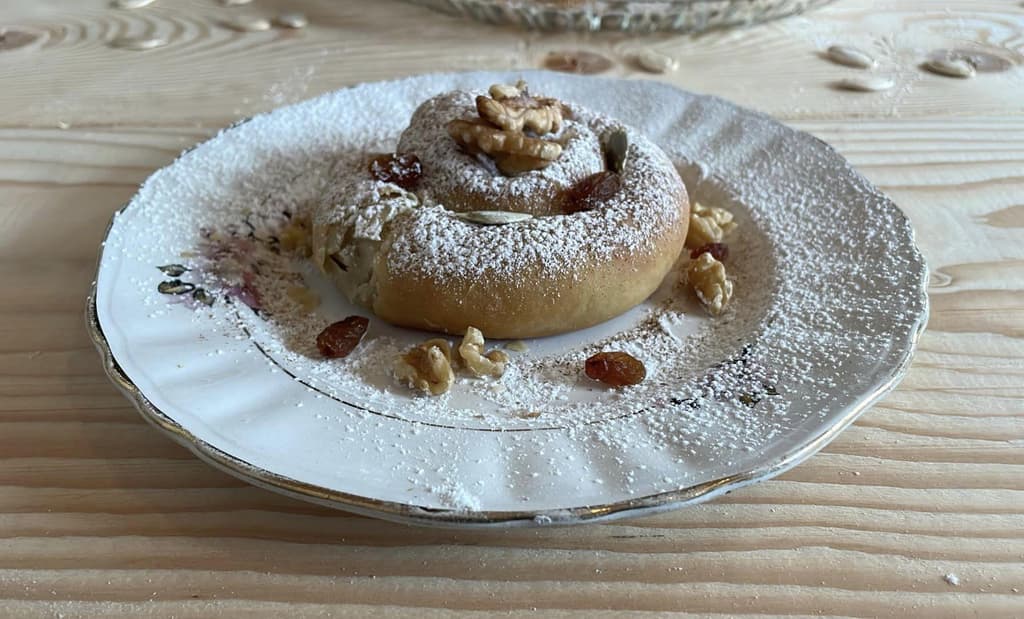
Sweet Pumpkin Pies with Raki Leaves (Oven)
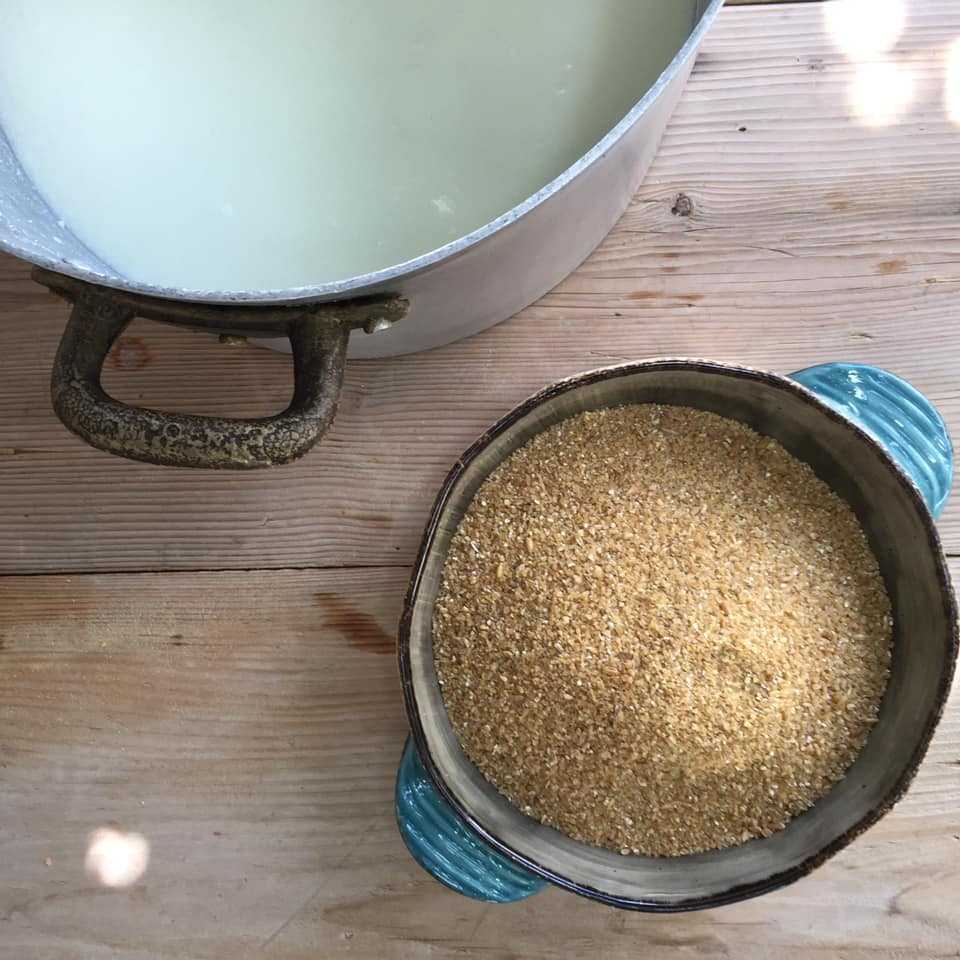
Xinochondros: Sour Bulgur Pasta

Prickly Pear or Indian Fig
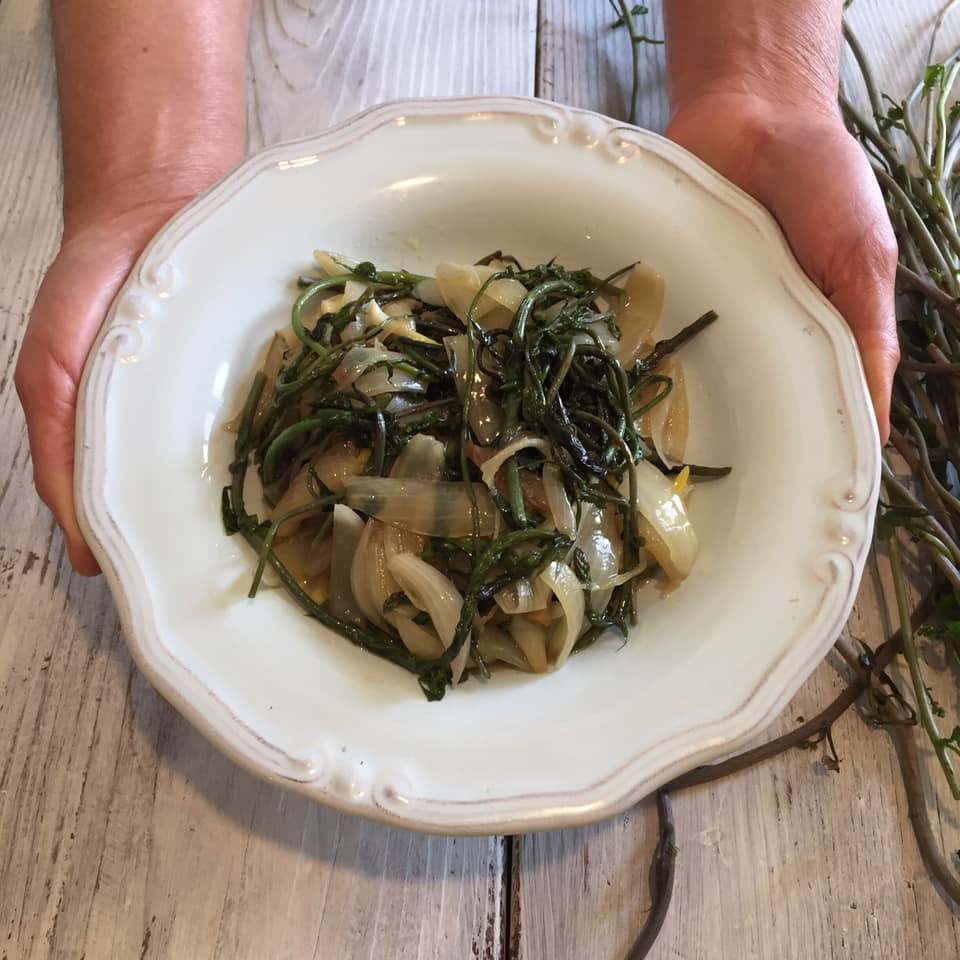
Black Bryony

Tahini Soup without Oil
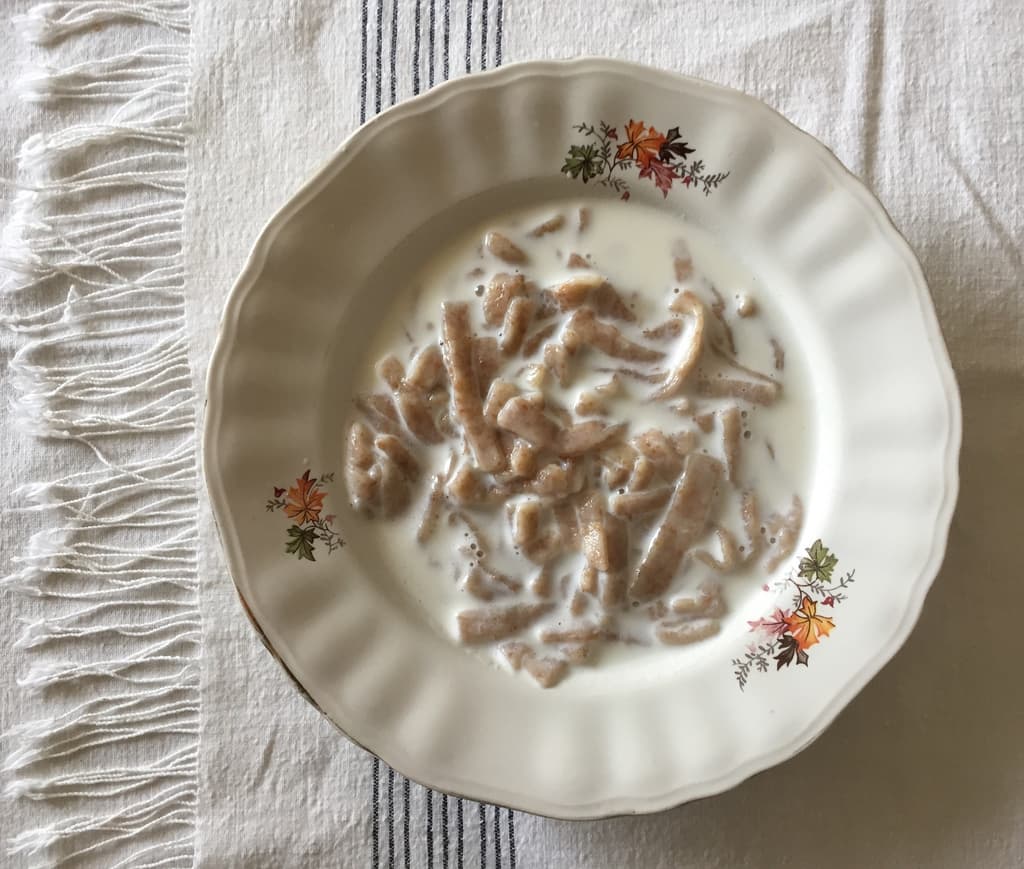
Chylofta with Milk
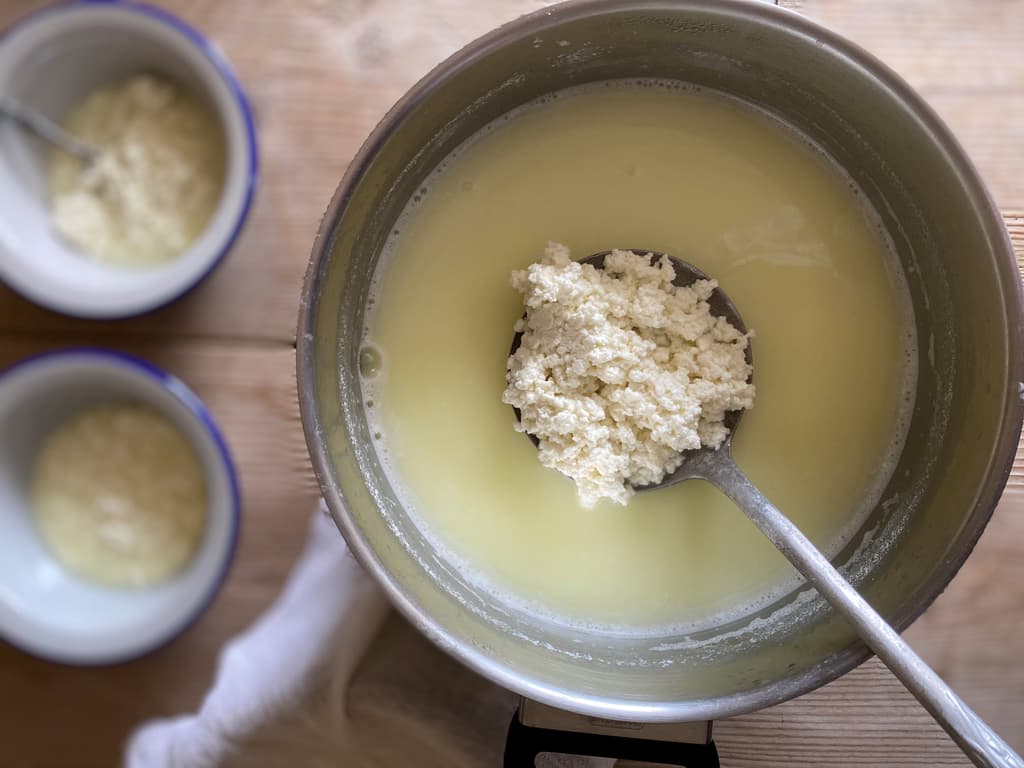
Tyrozouli or Cretan Home Cheese
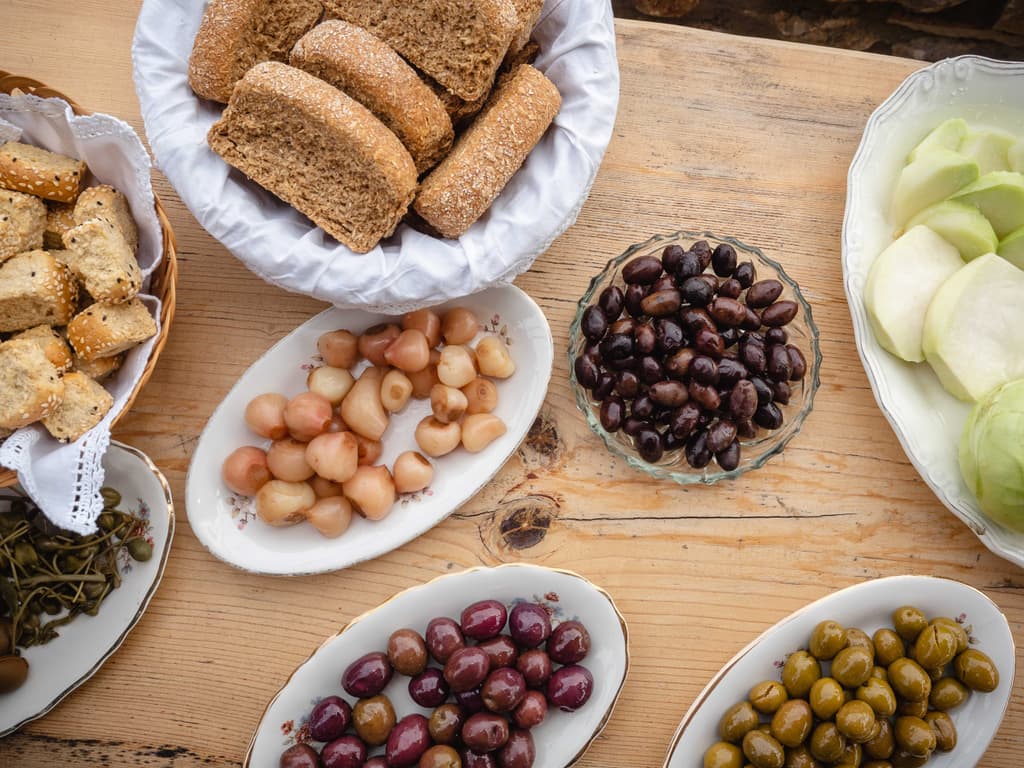
Pickled Tassel Hyacinth

Sourdough Dagoulakia
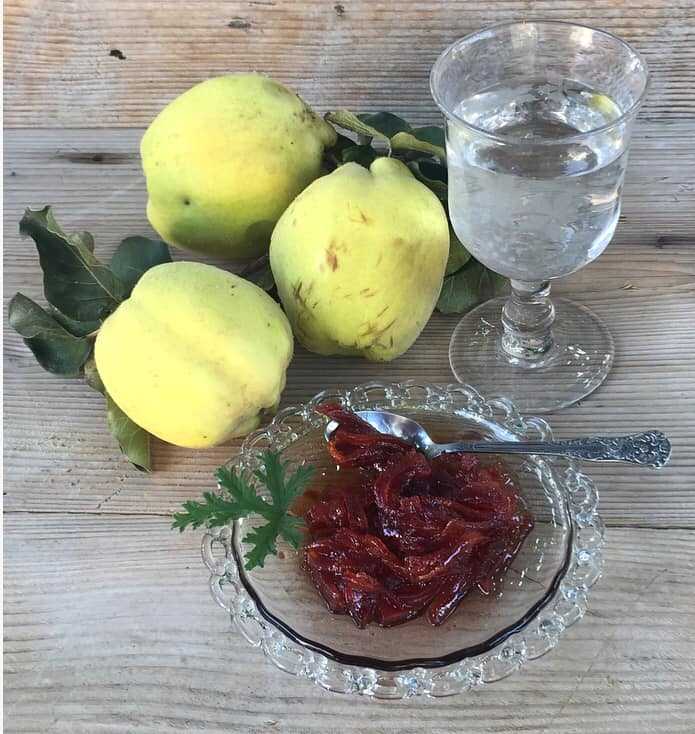
Quince Confection

Delicious Homemade Treat with Lemon Blossoms
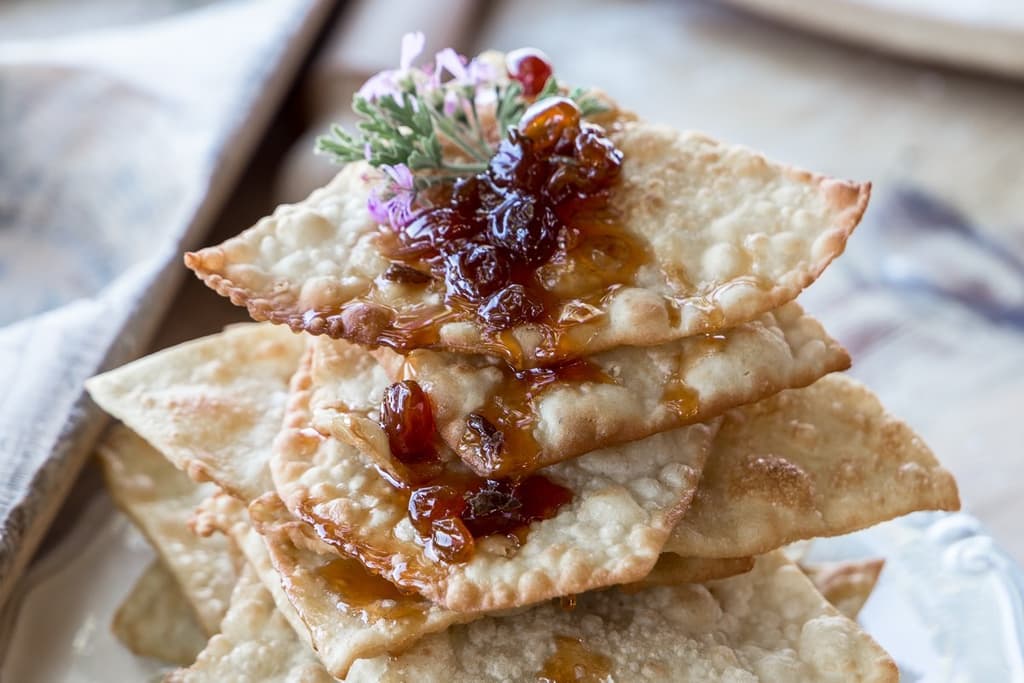
Tiganopites: Greek Fried Pies

Dietary Practices in 17th Century Crete
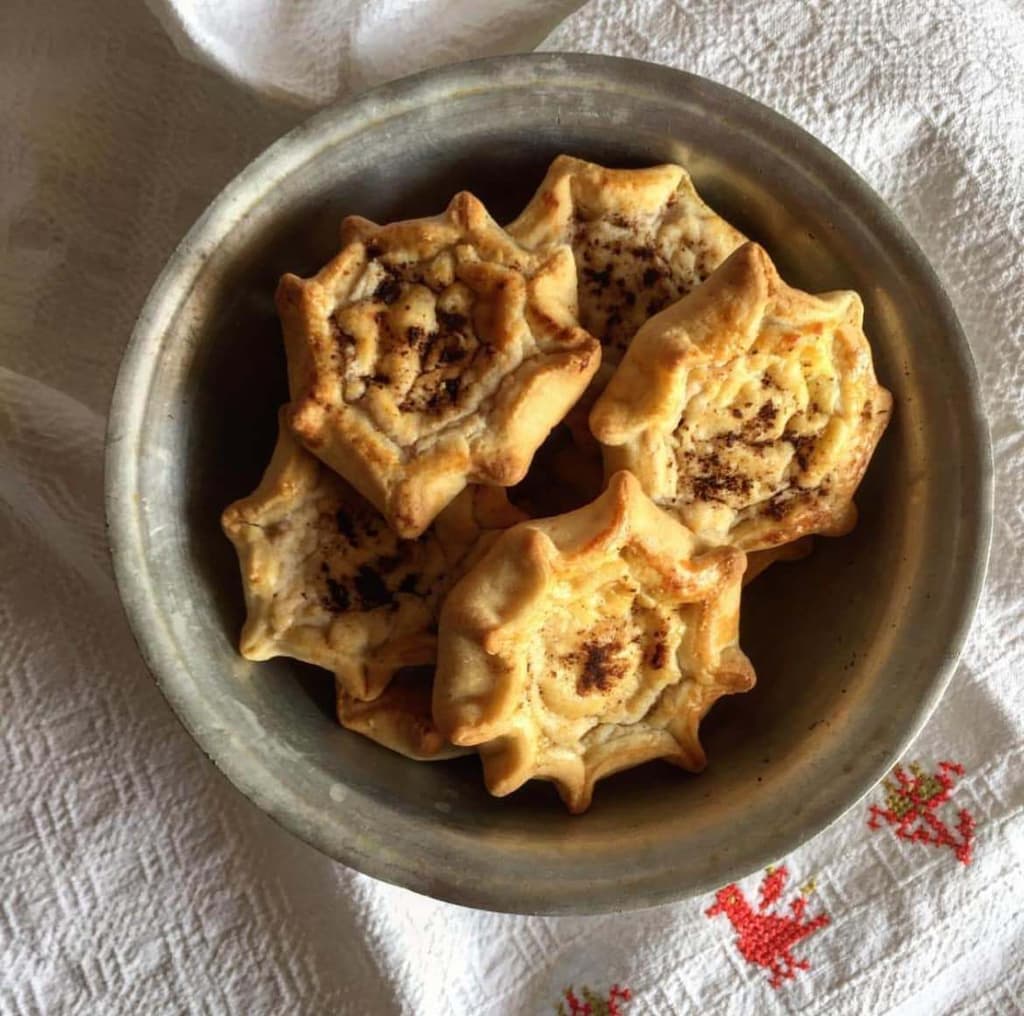
Lychnarakia

Lazarakia
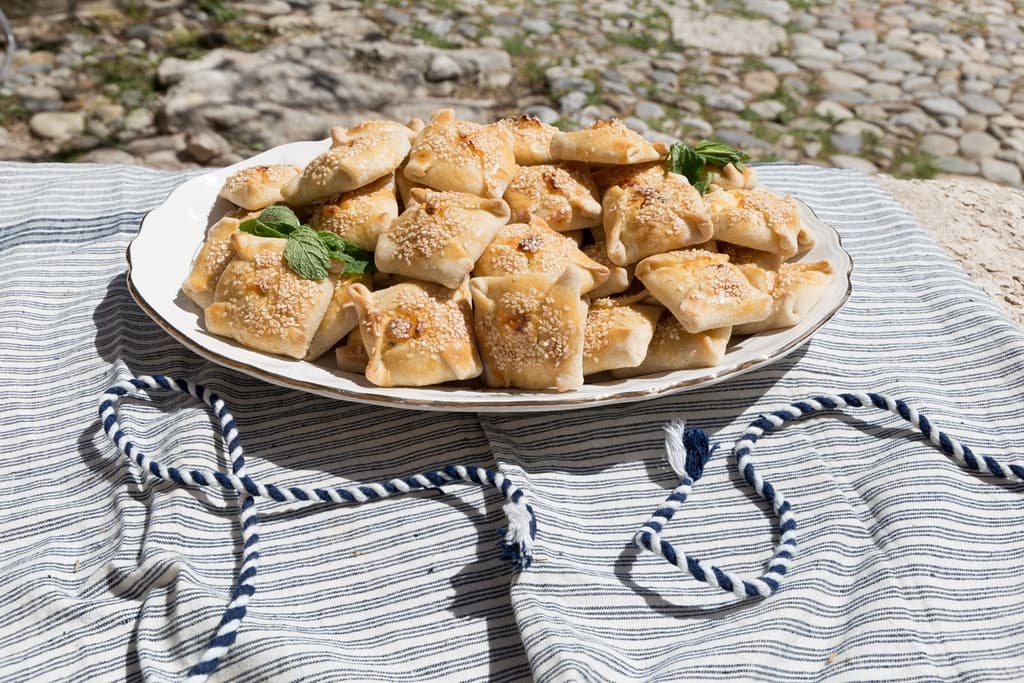
Kalitsounia from Chania
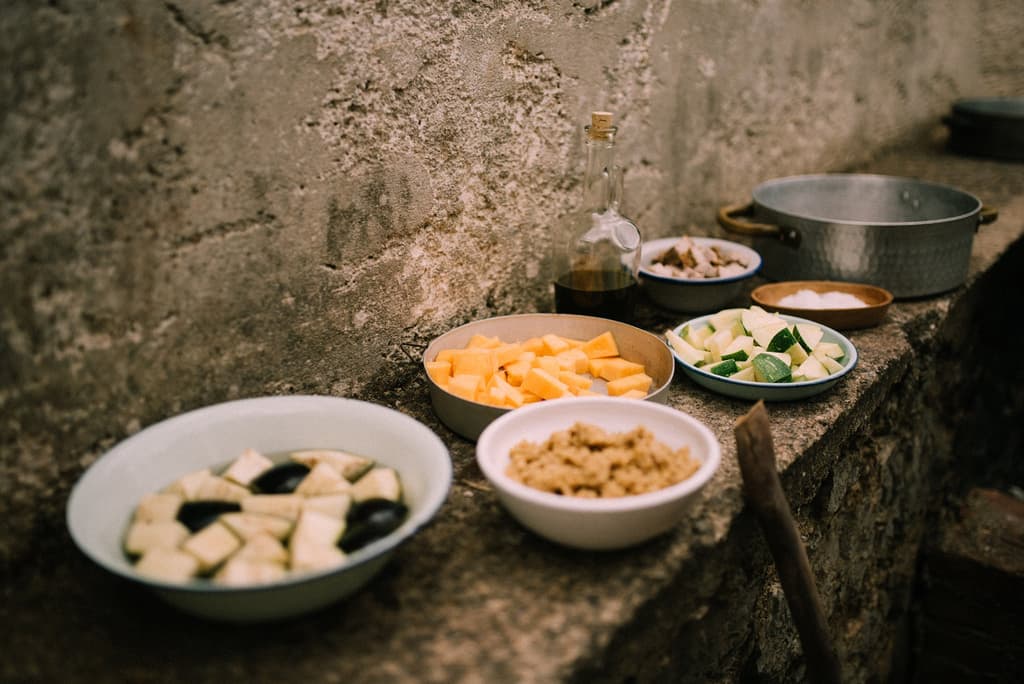
Apaki with Xinohondros and Vegetables
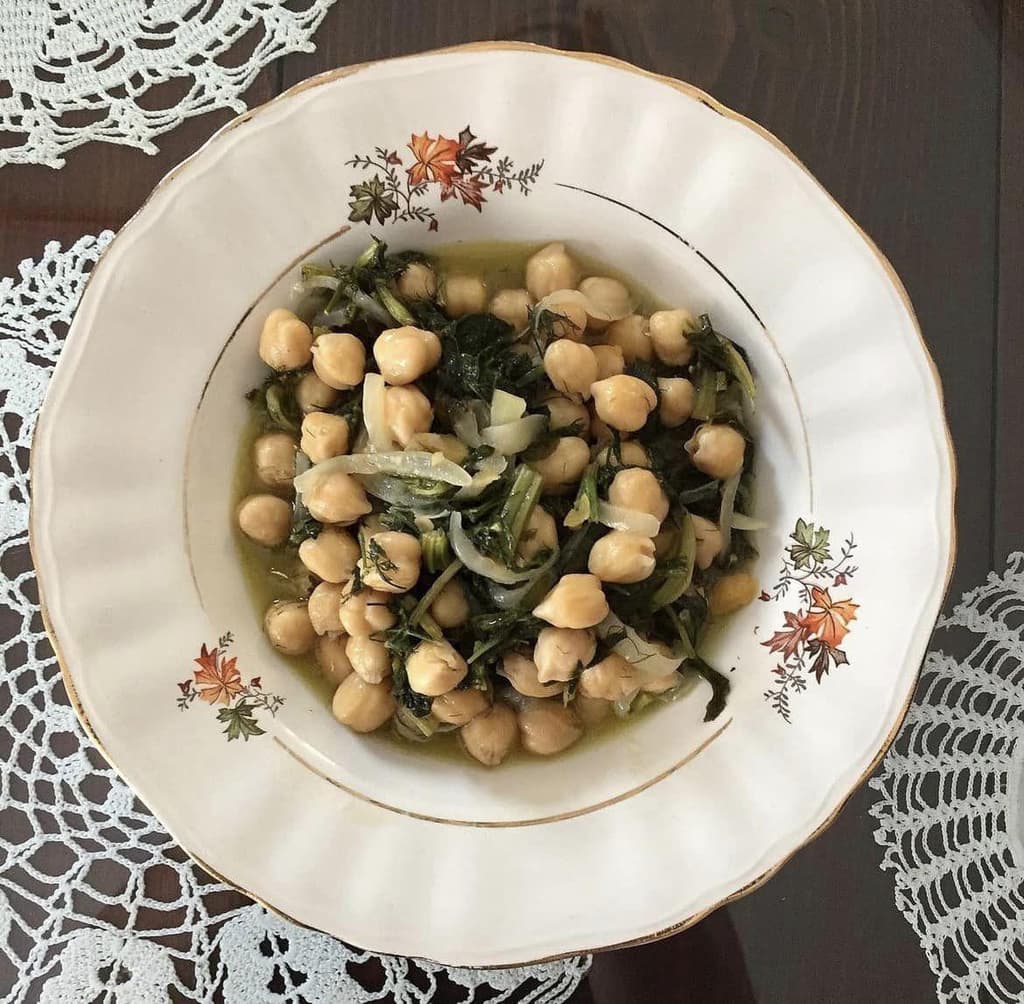
Chickpeas with Yachnera: A Delightful Dish
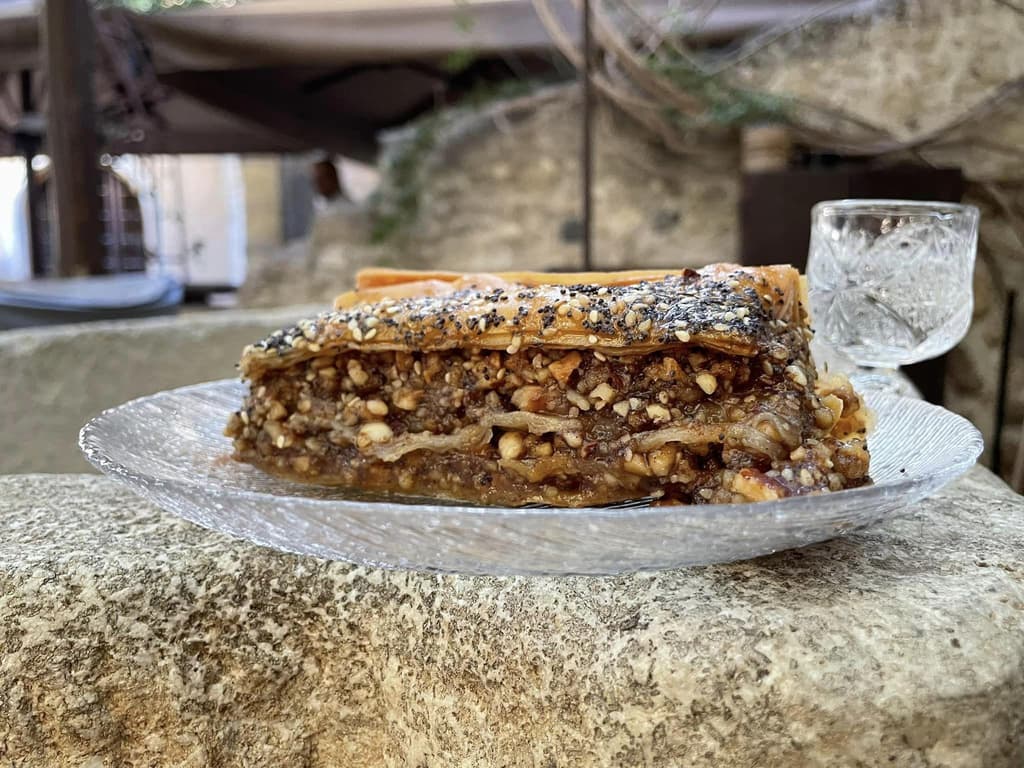
Gastrin
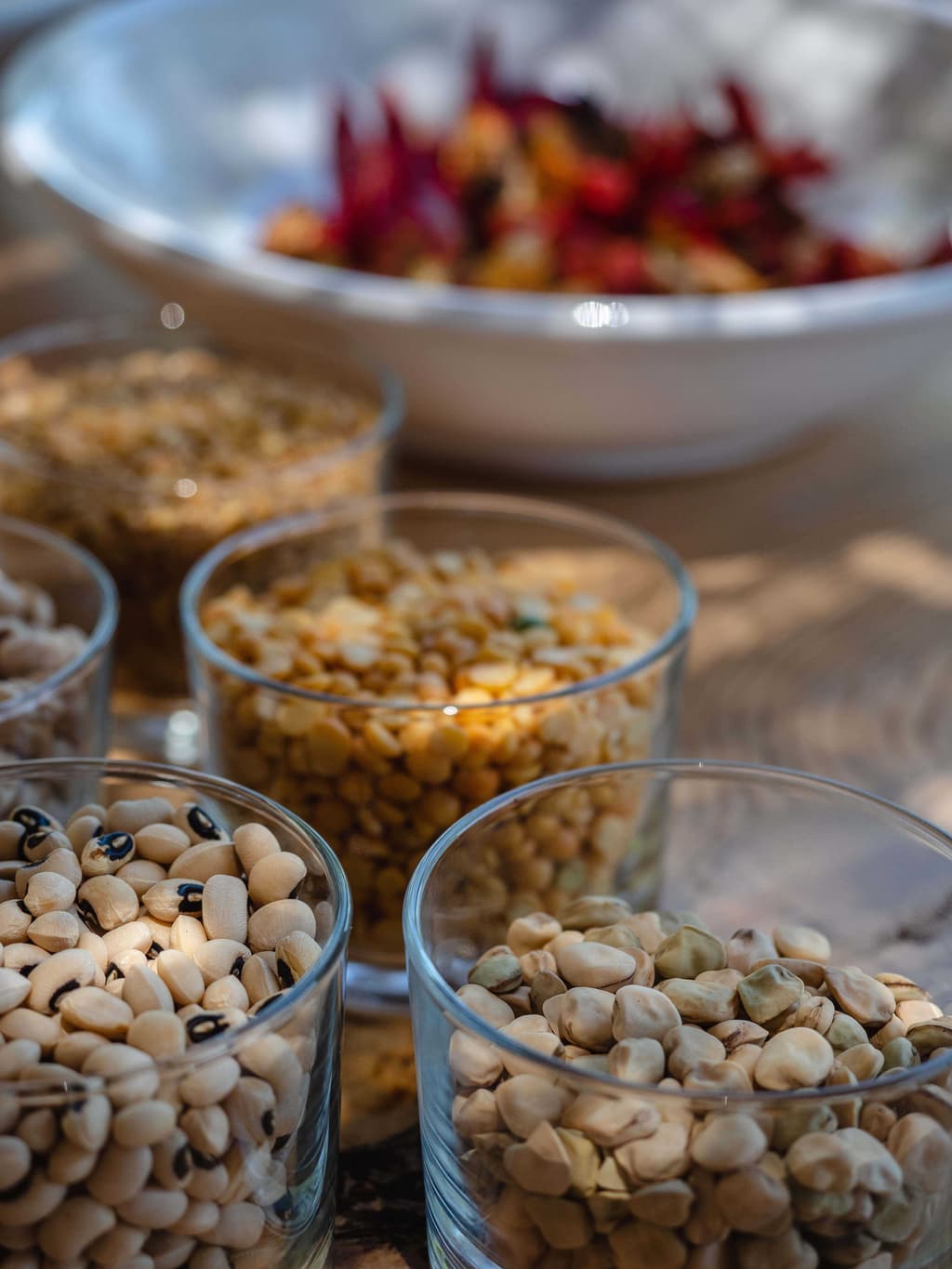
Fotokollyva
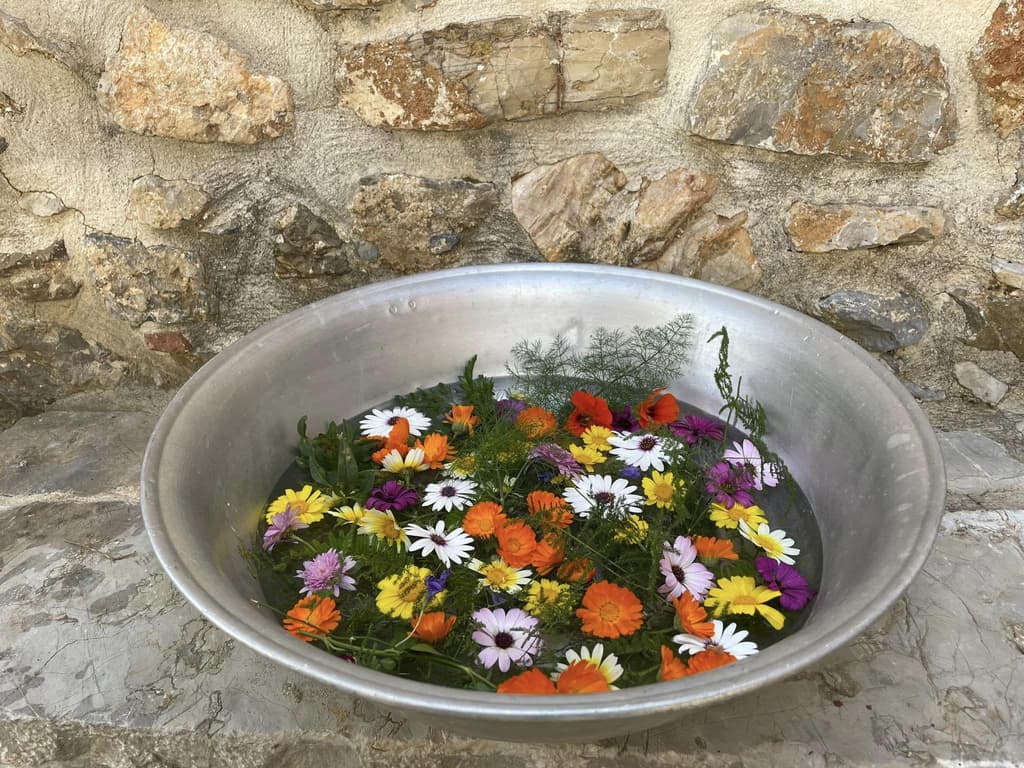
Dyeing Easter Eggs with Madder Root and Flower Blossoms
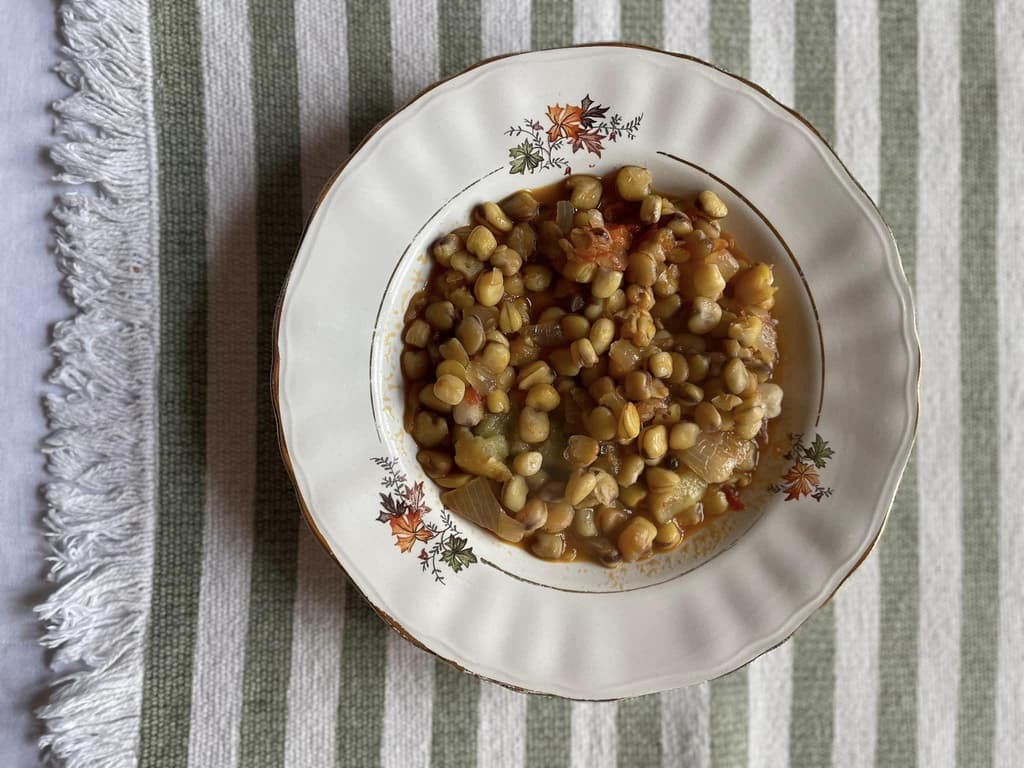
Biza or Manarolia Stew with Eggplants

